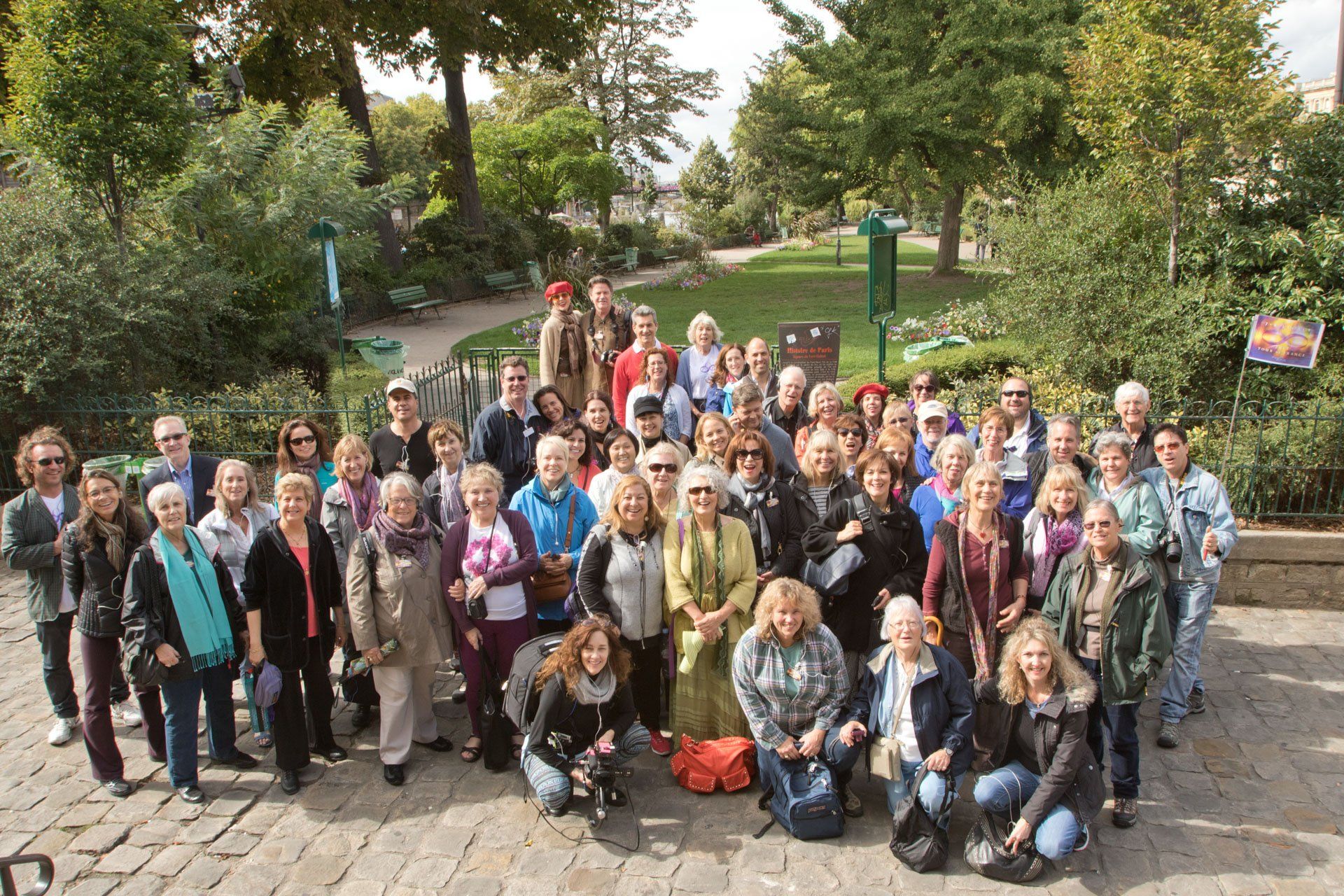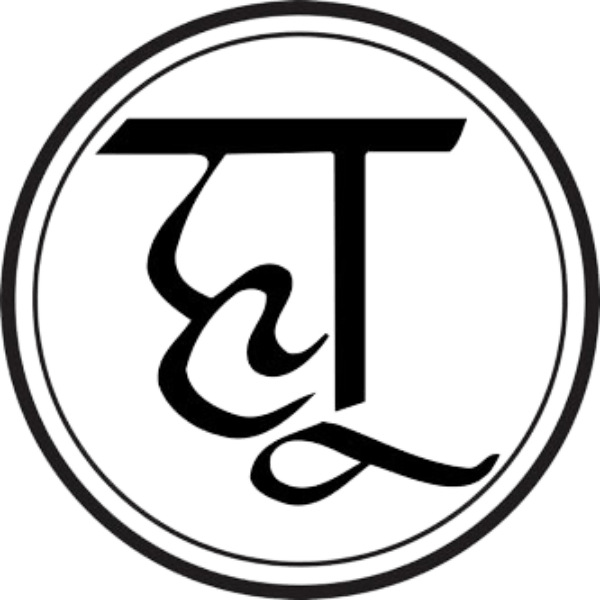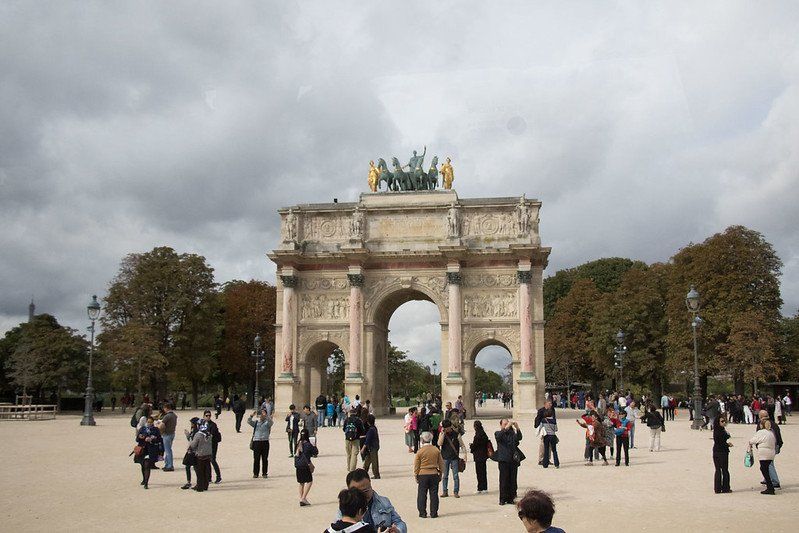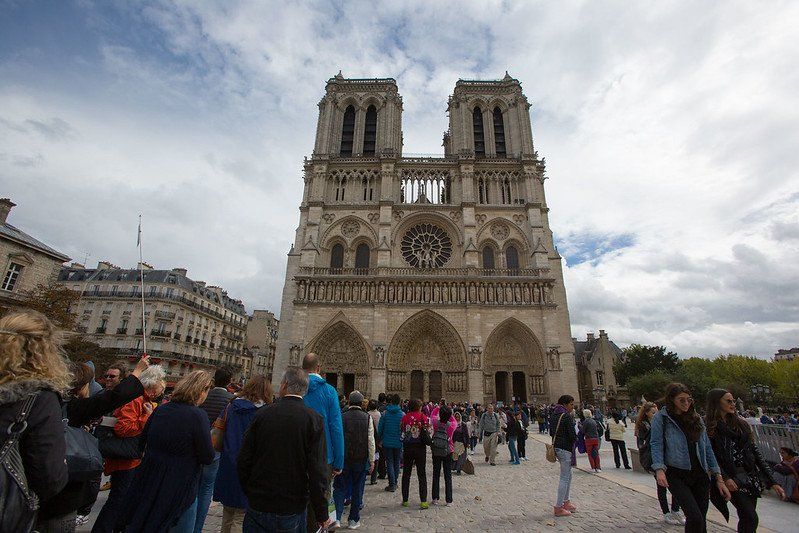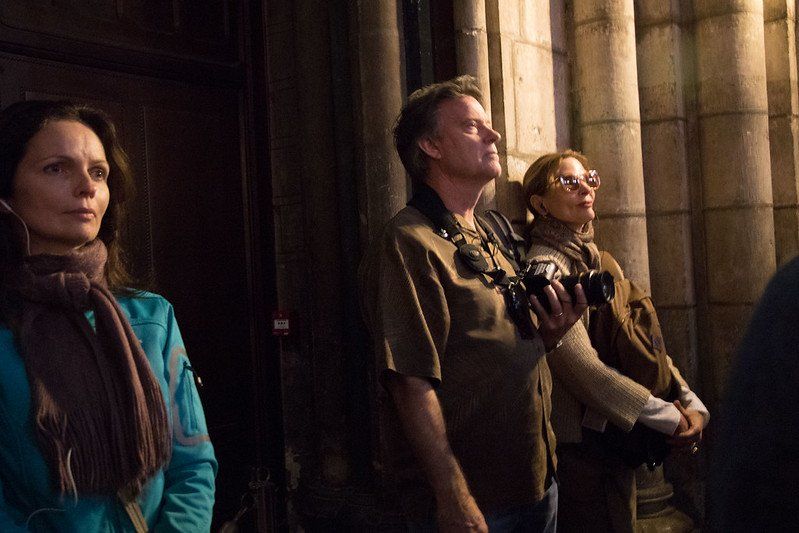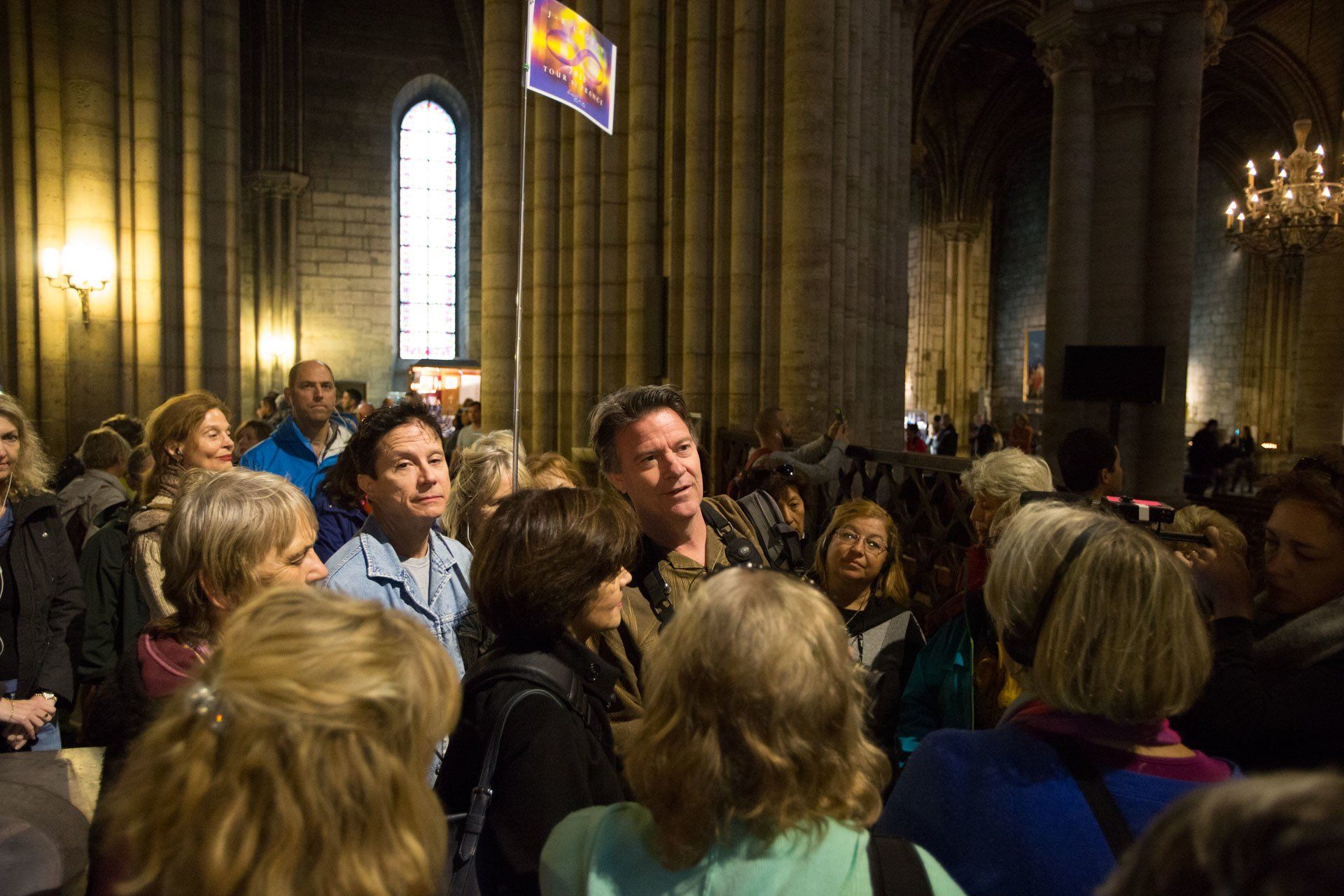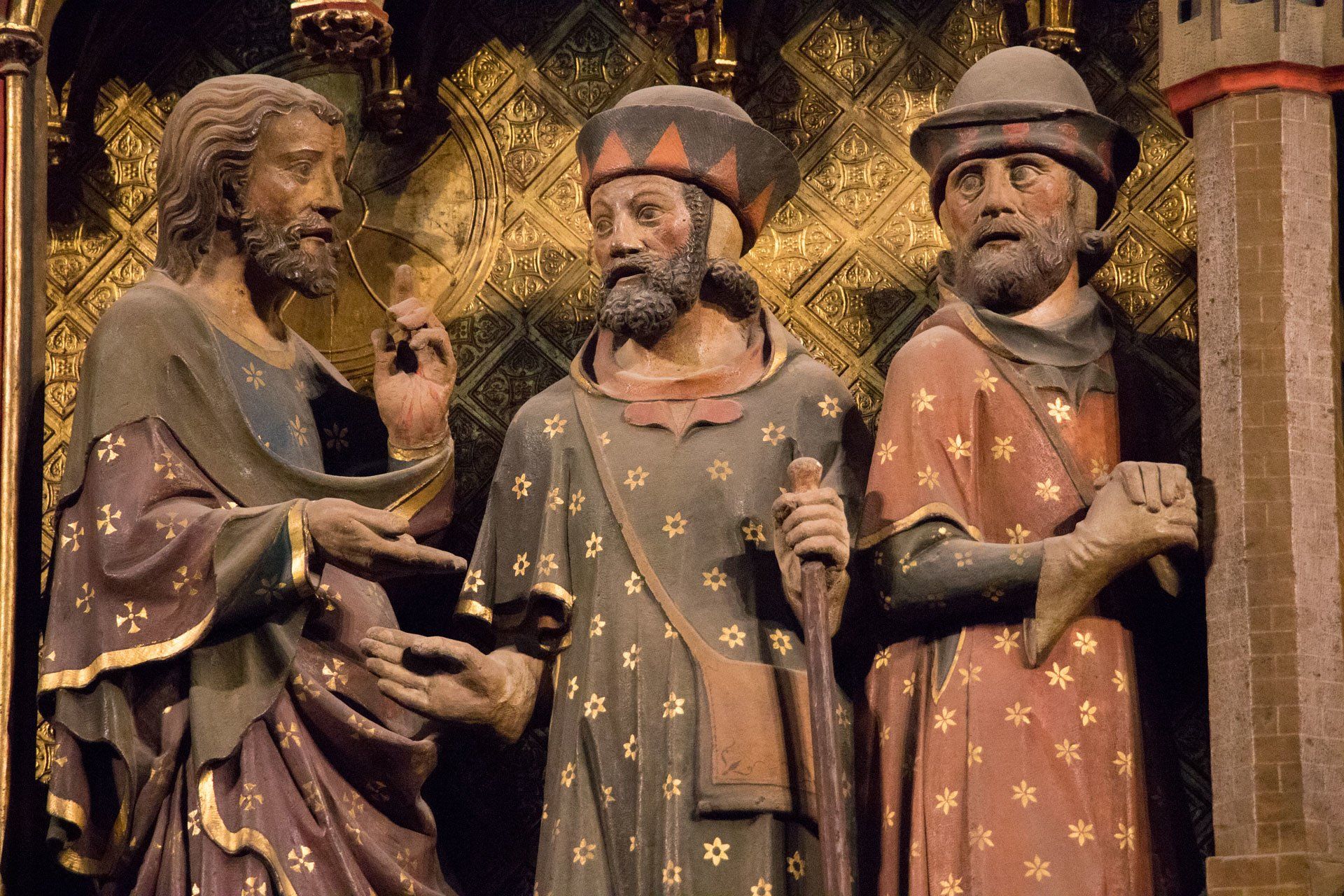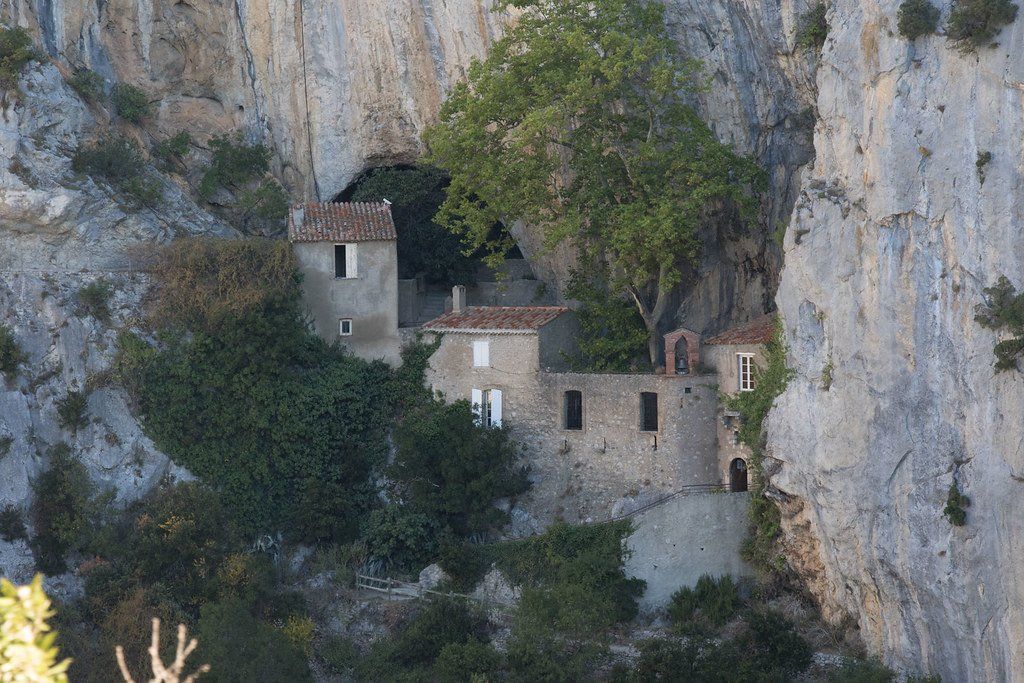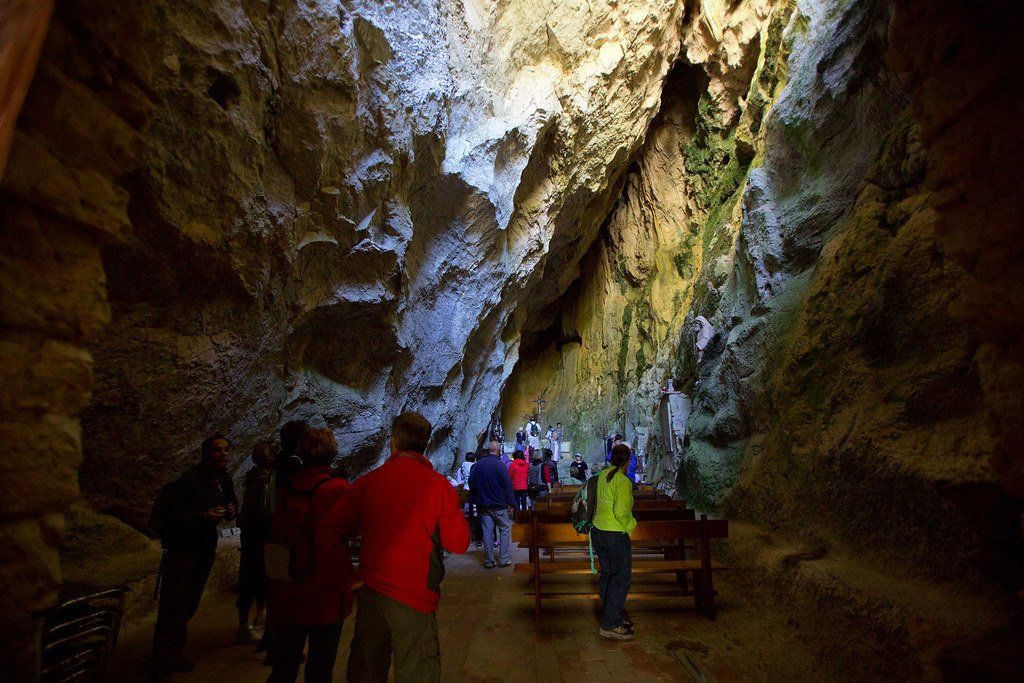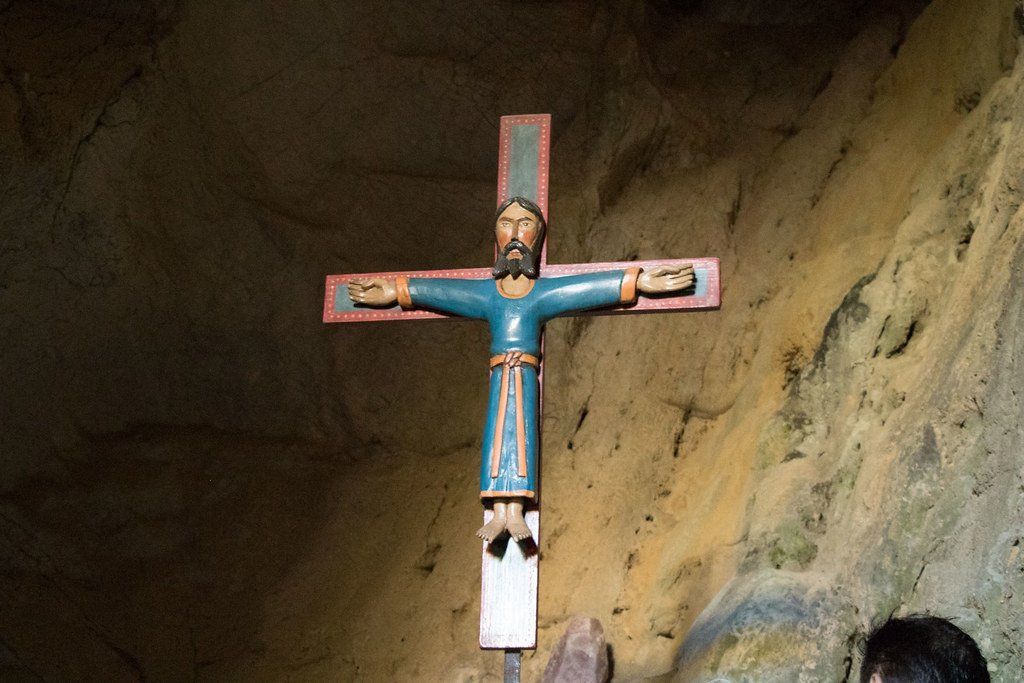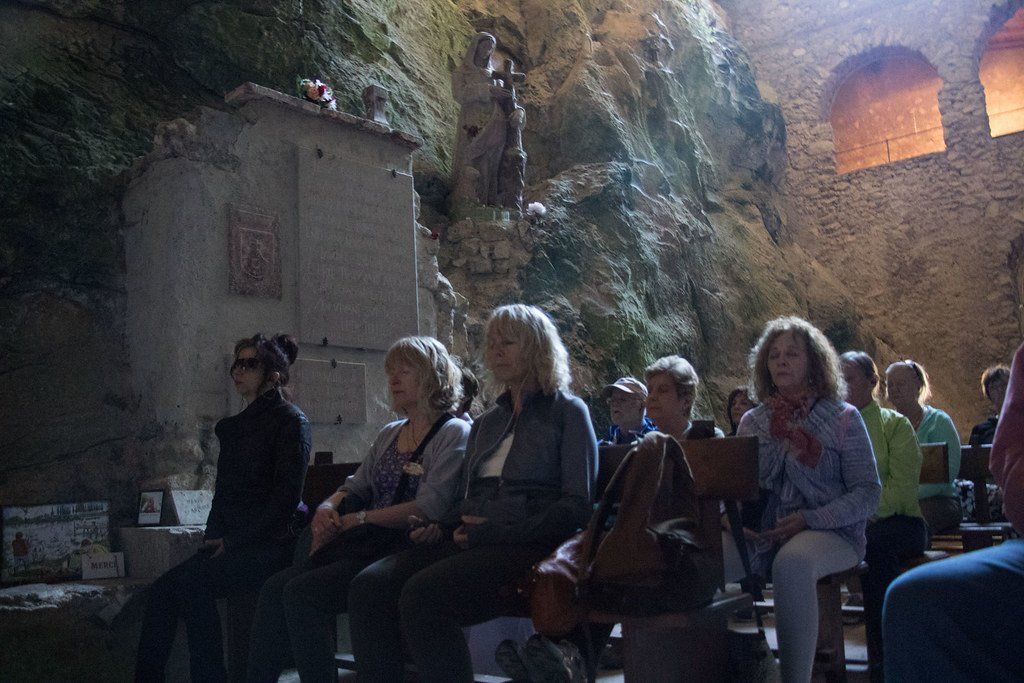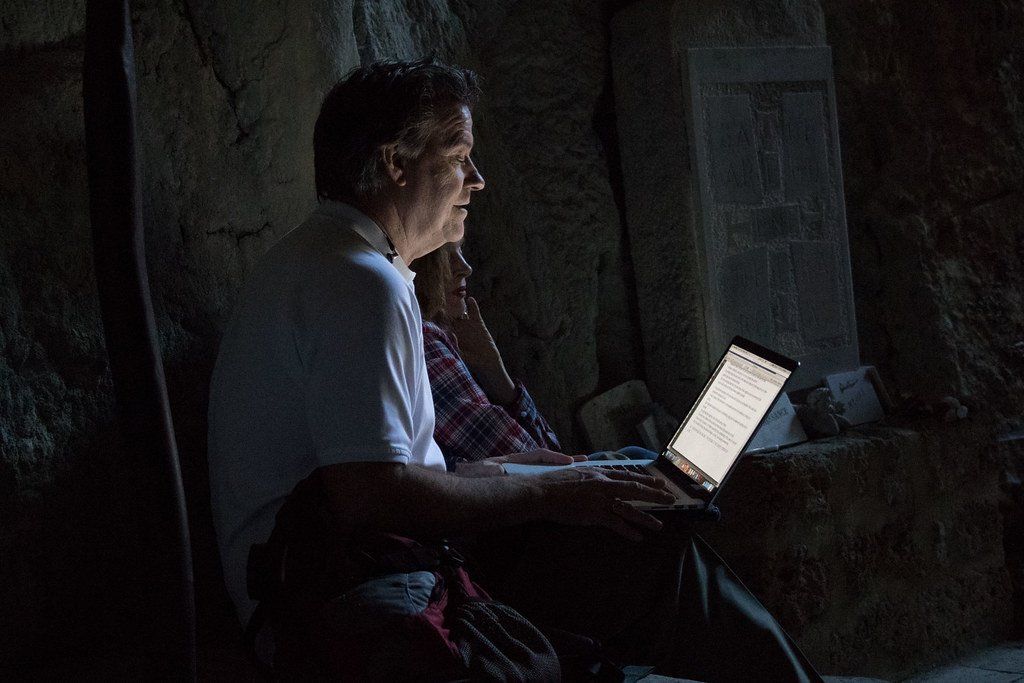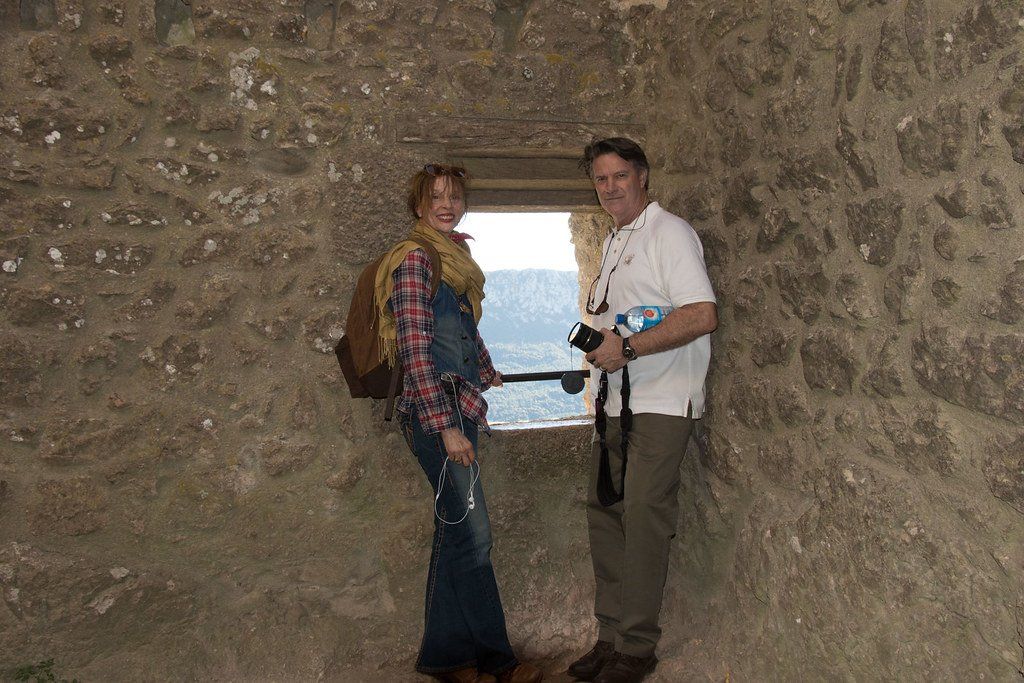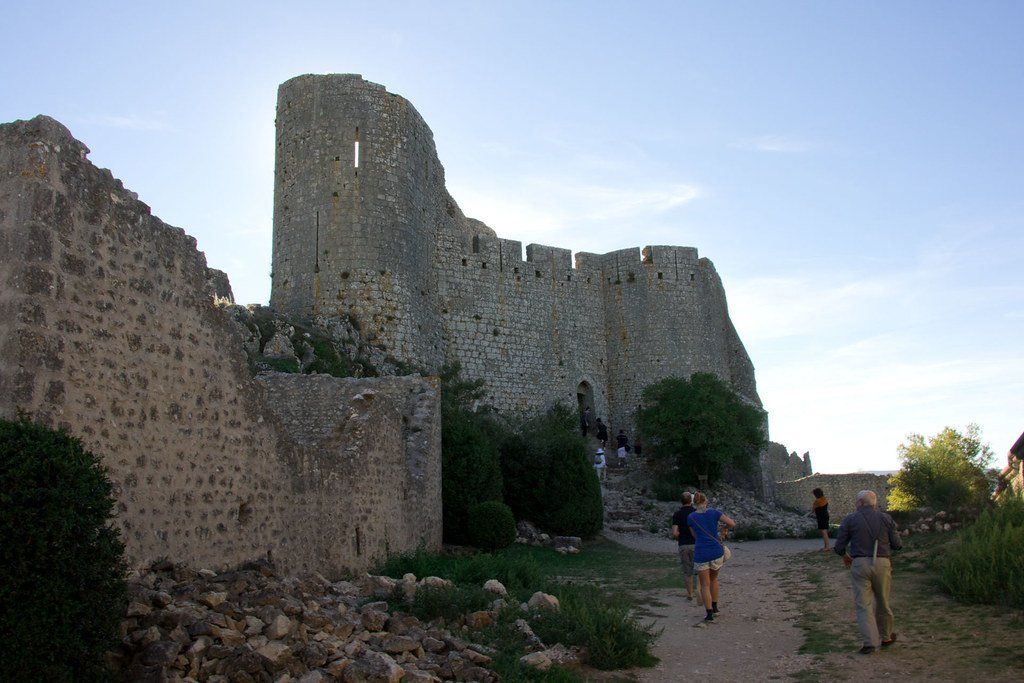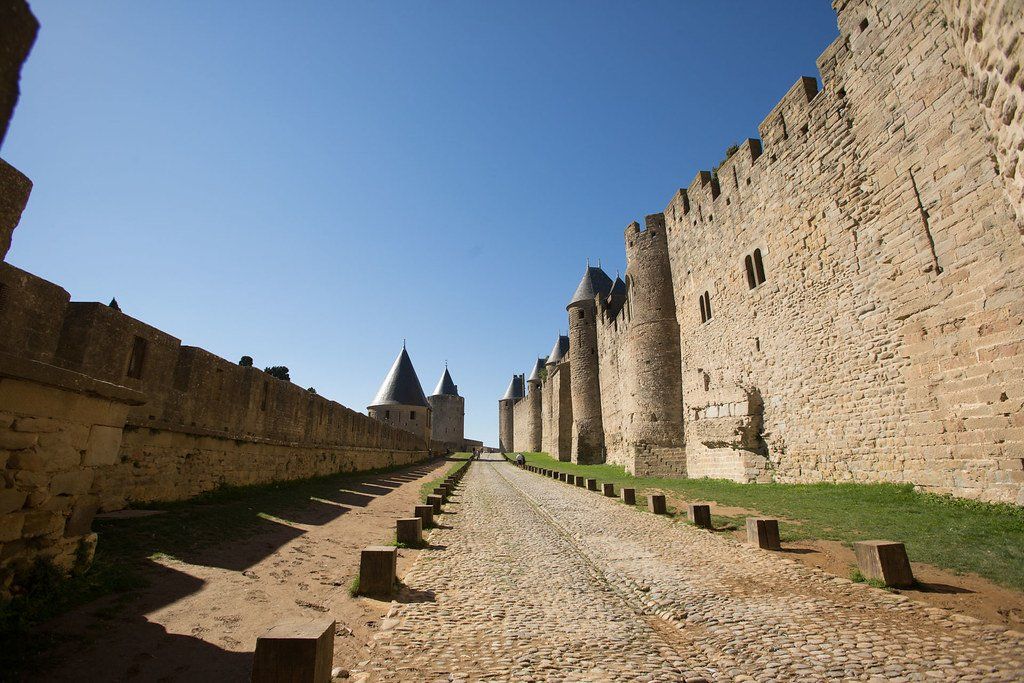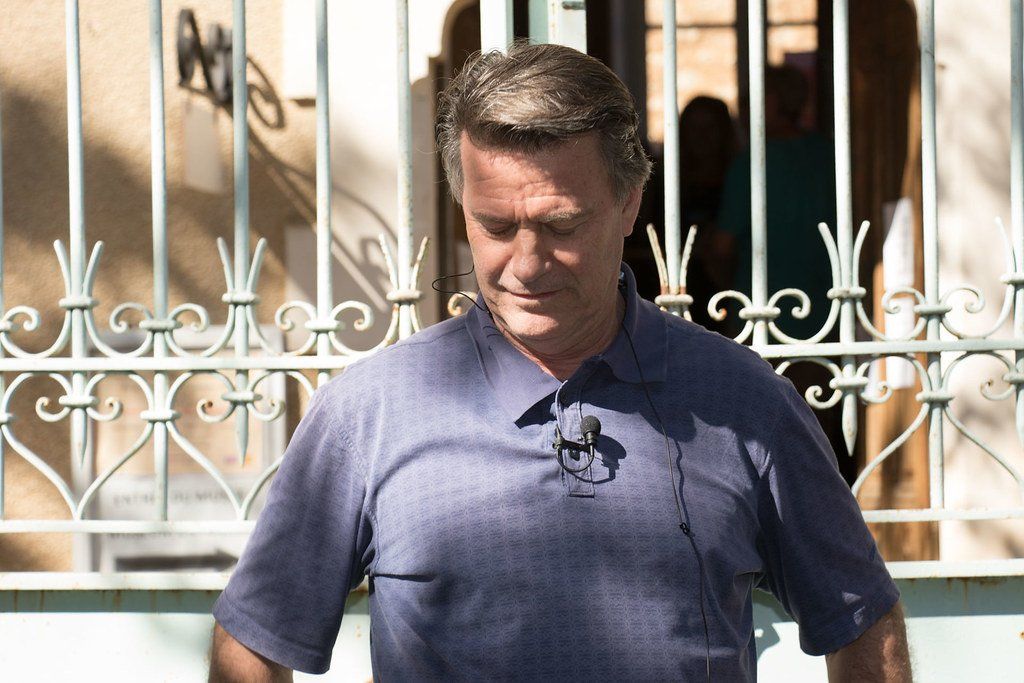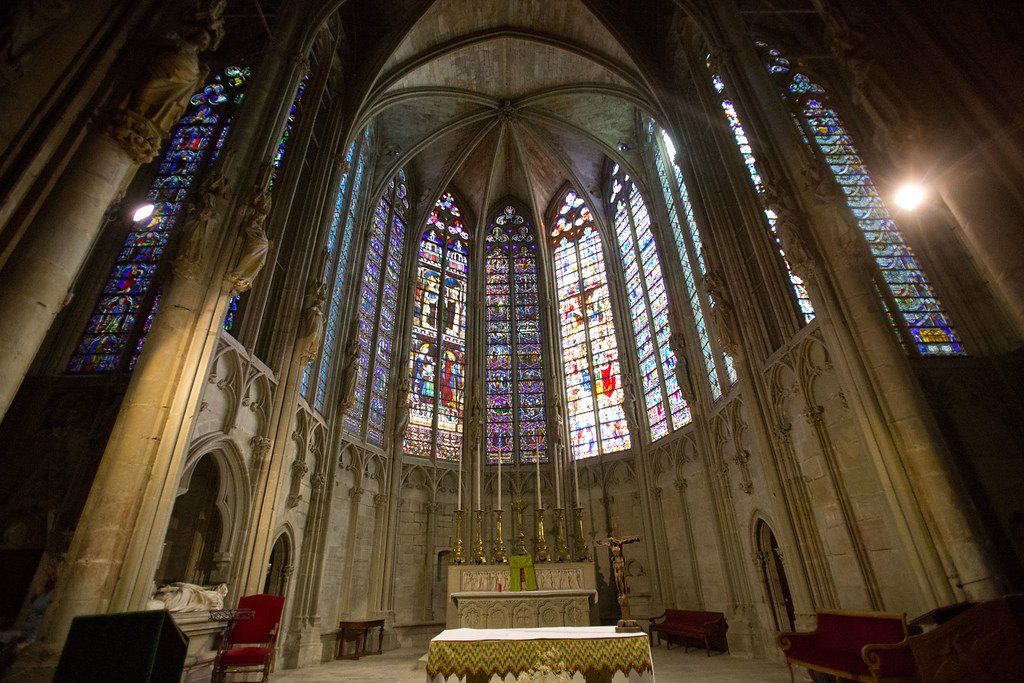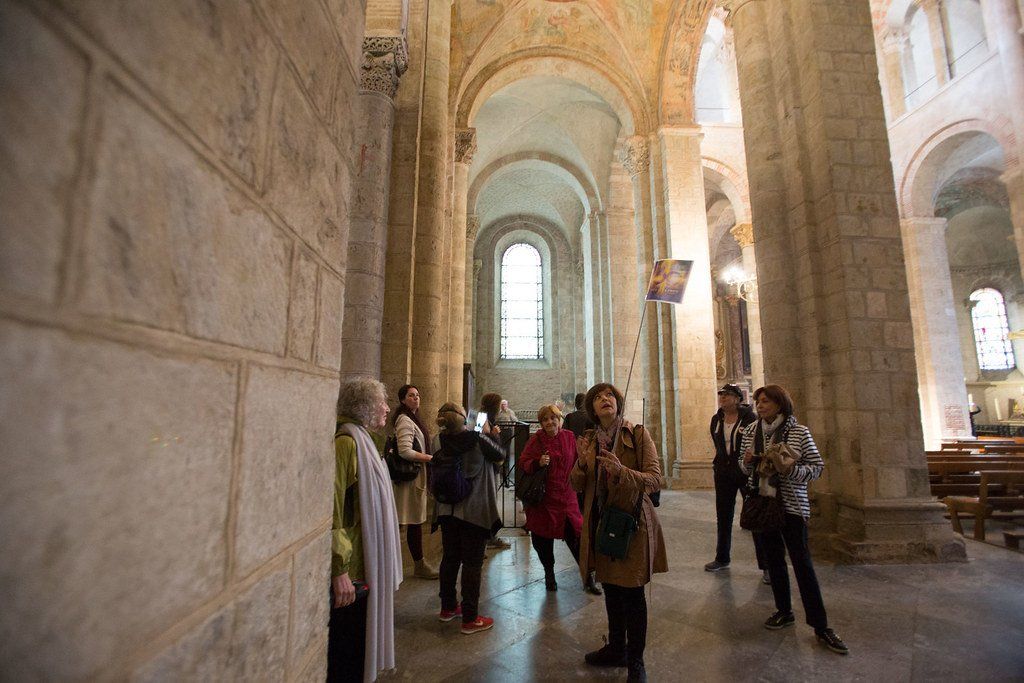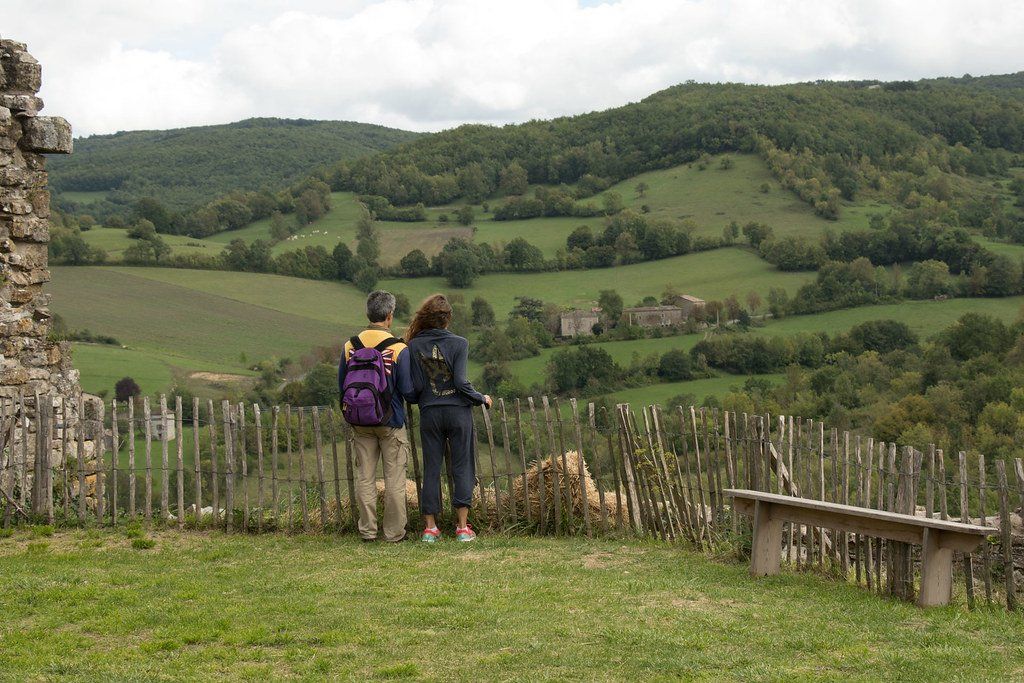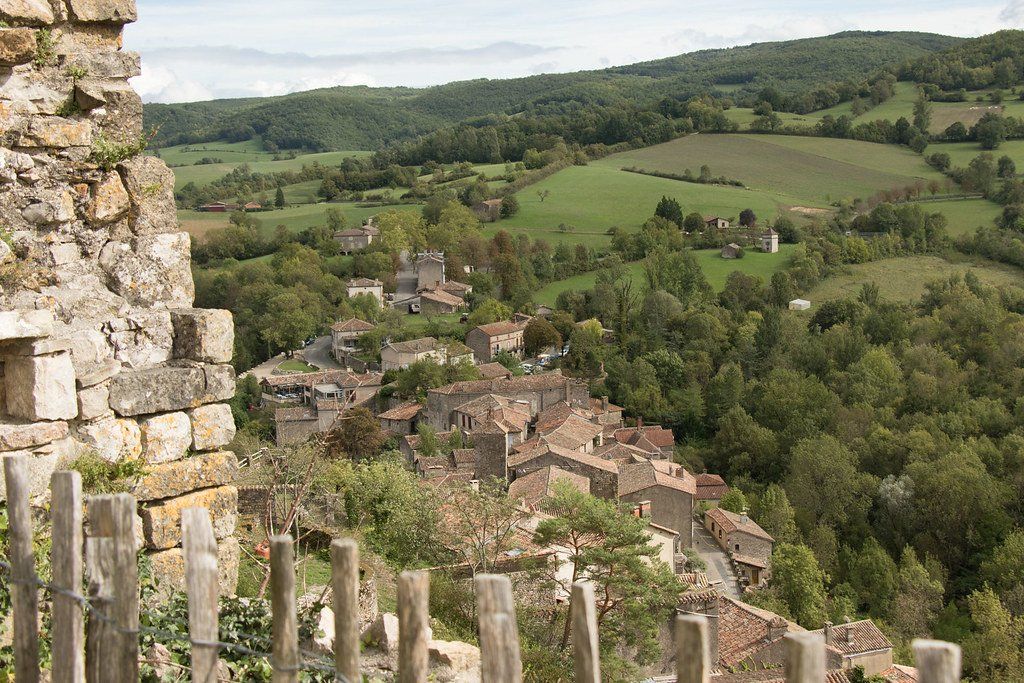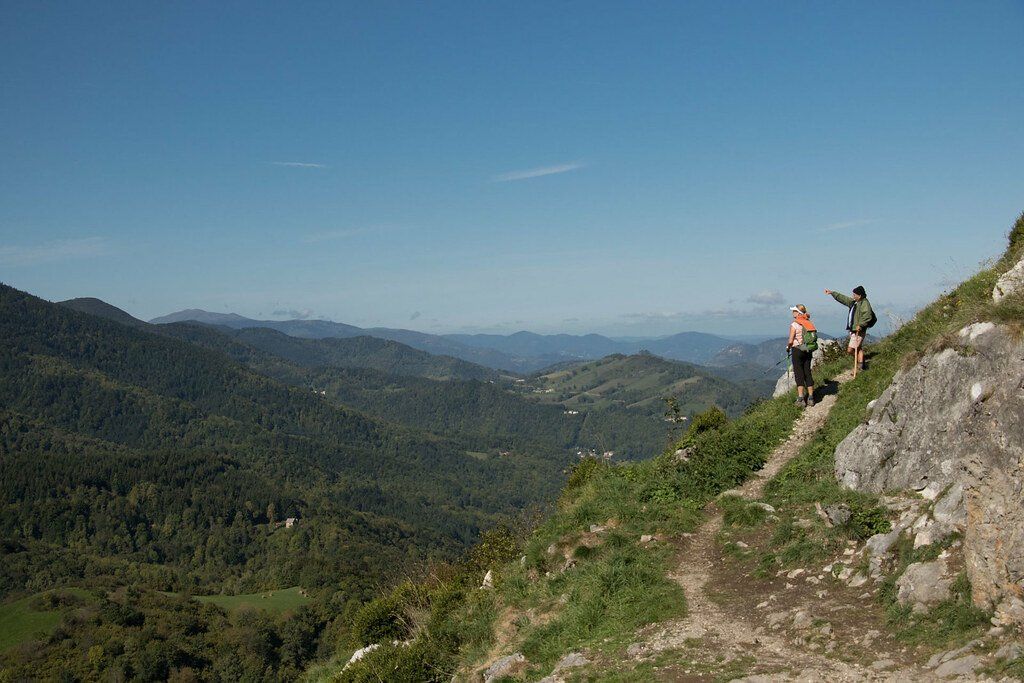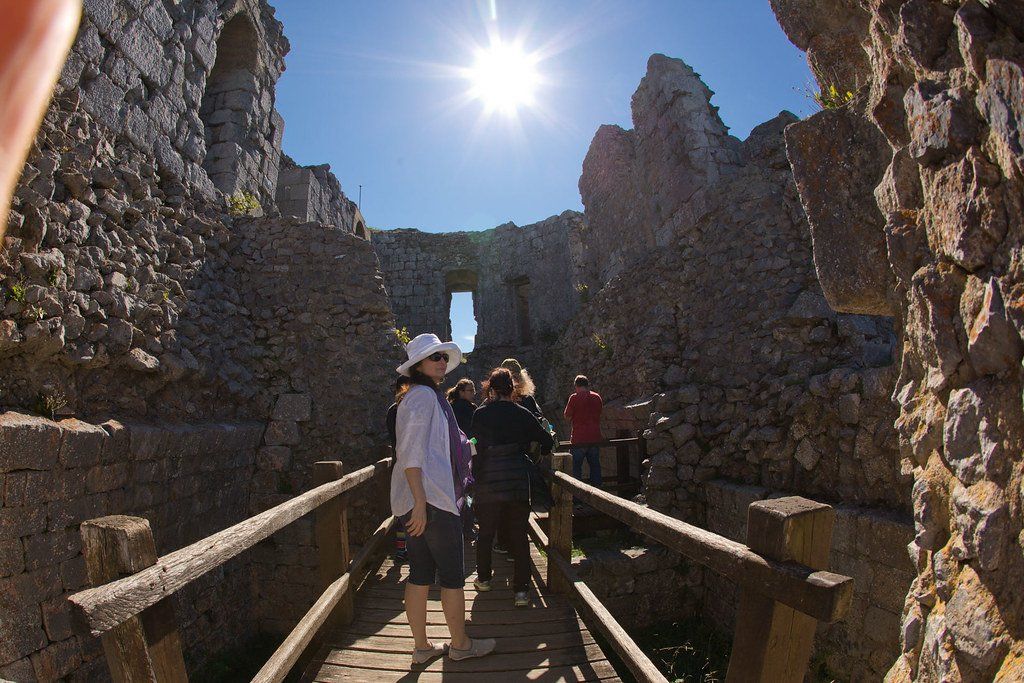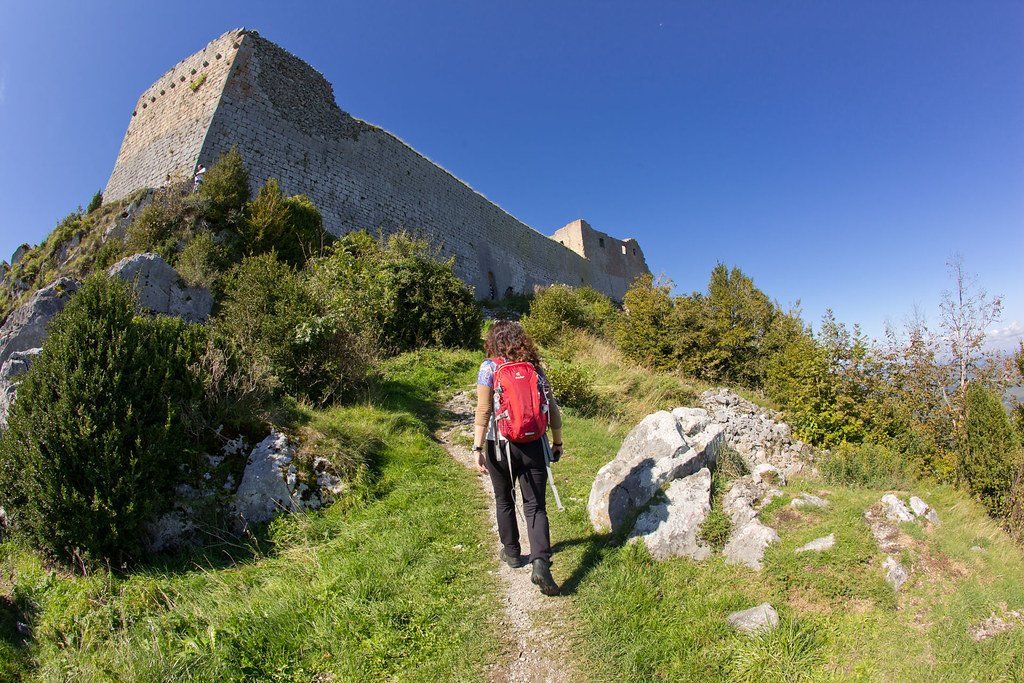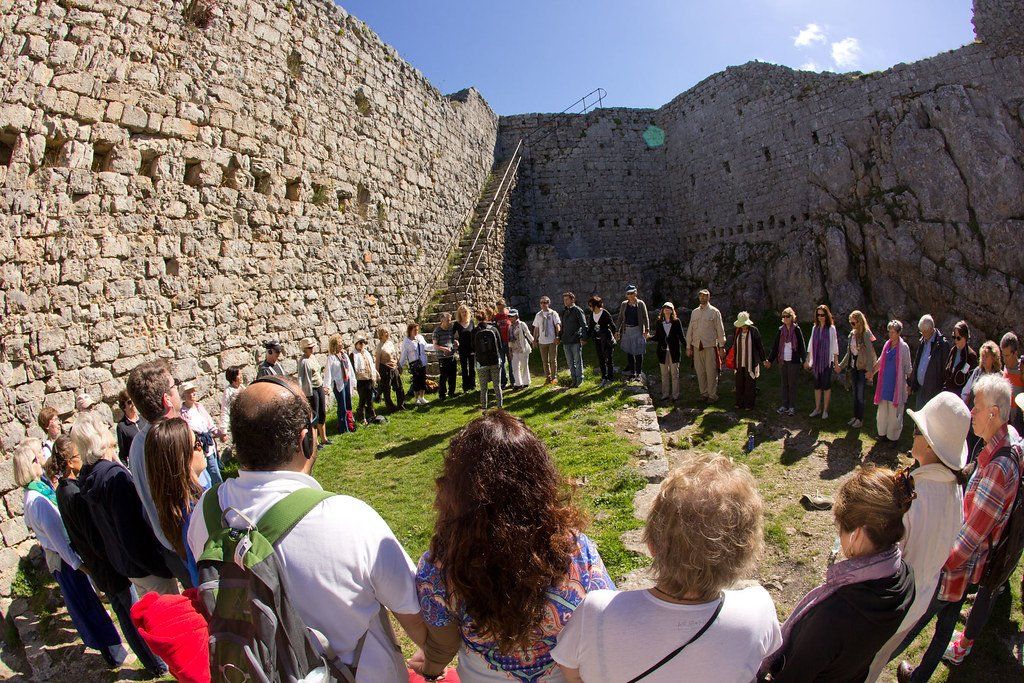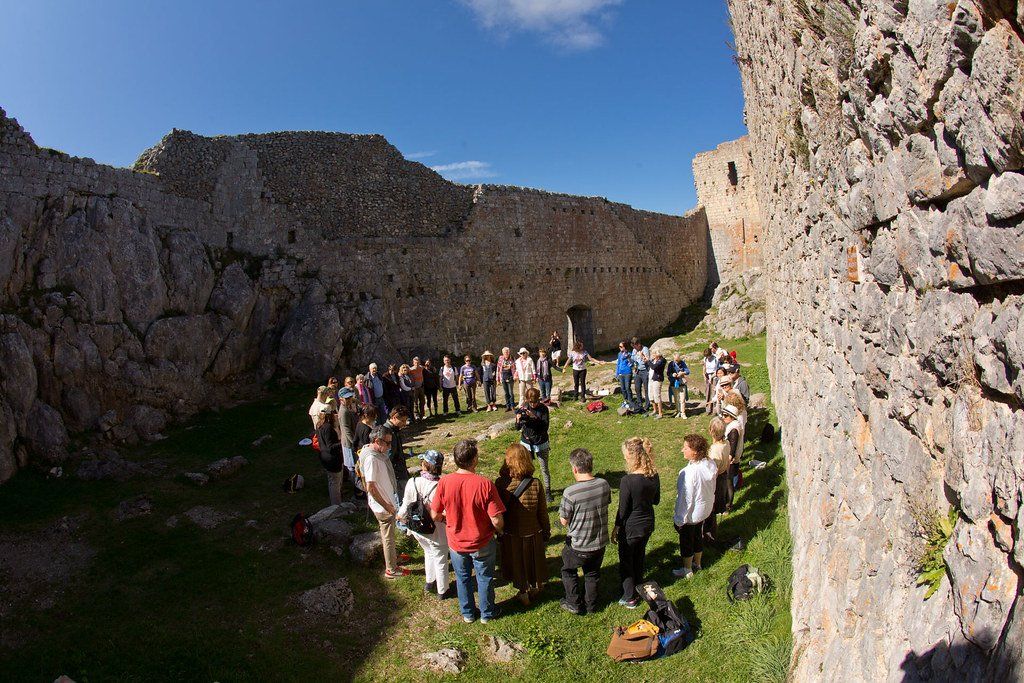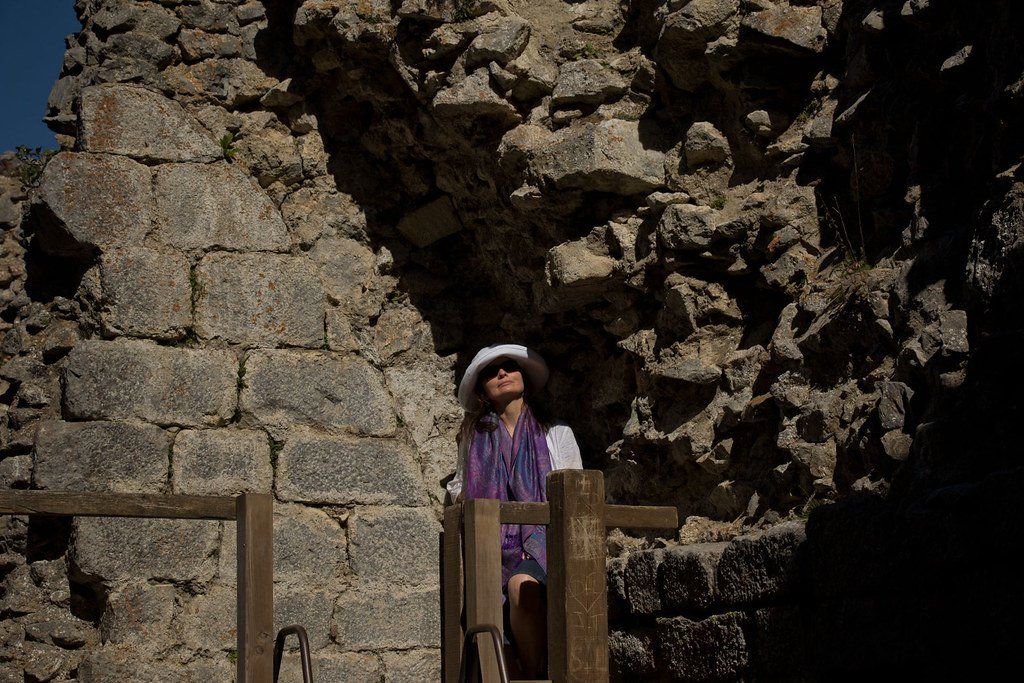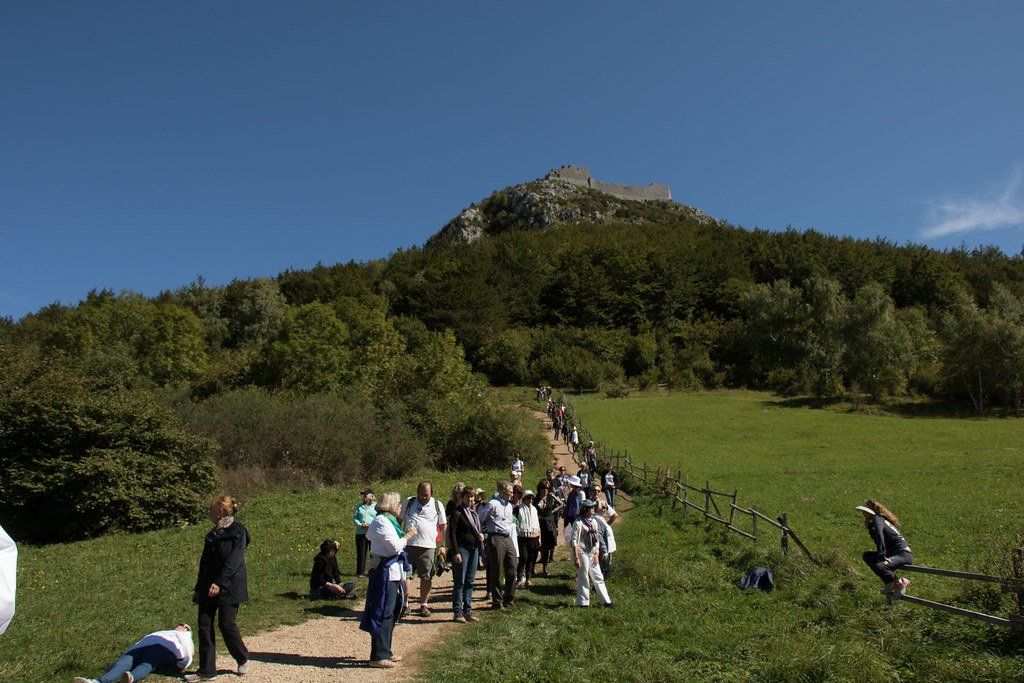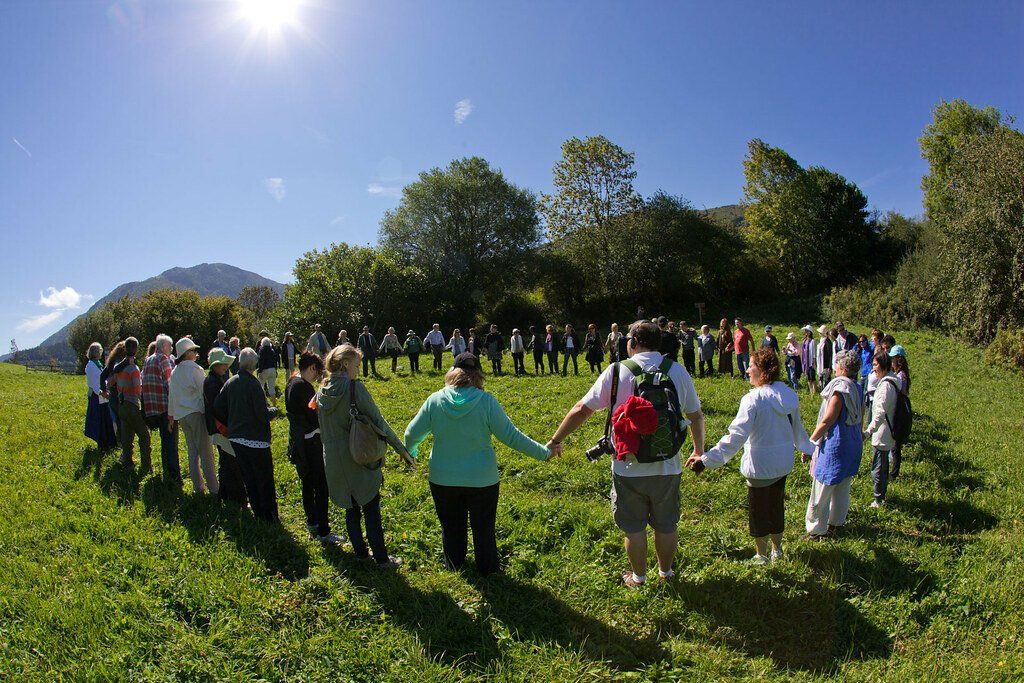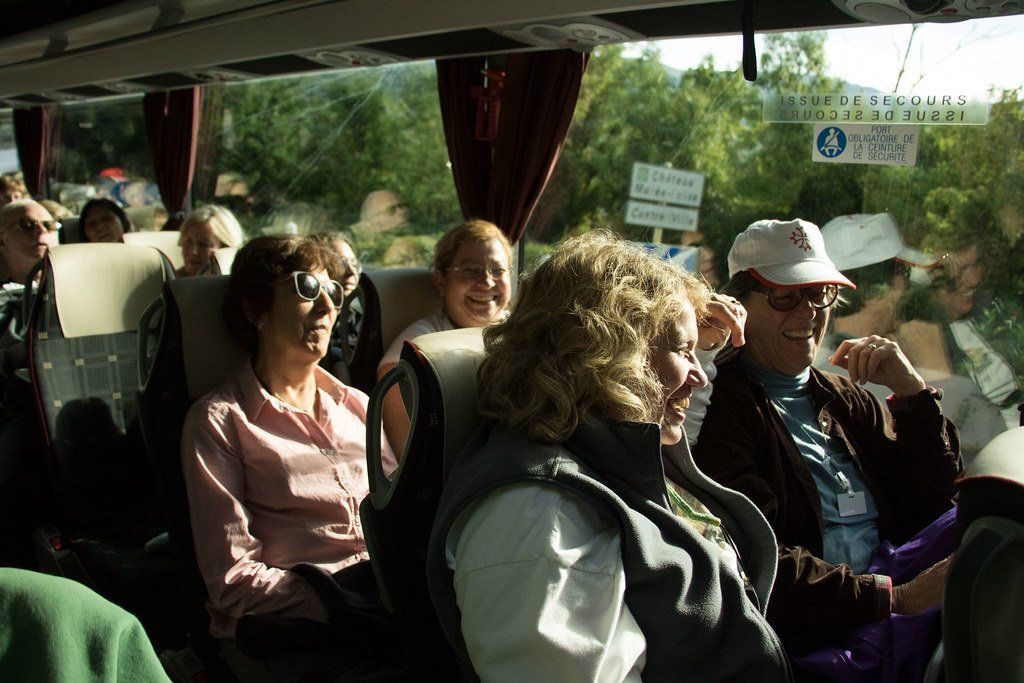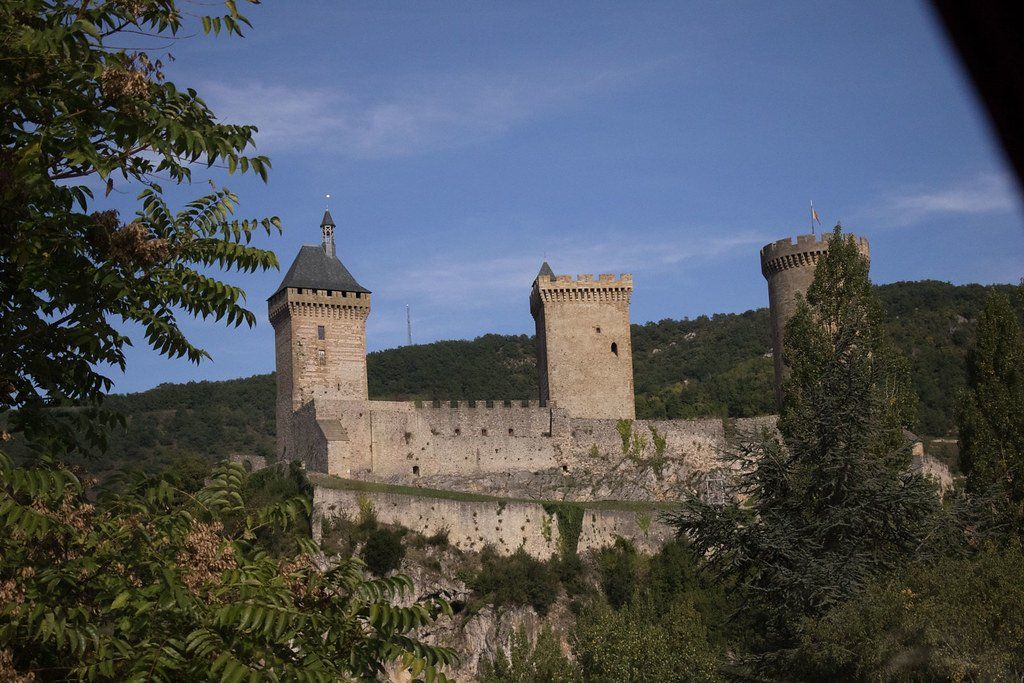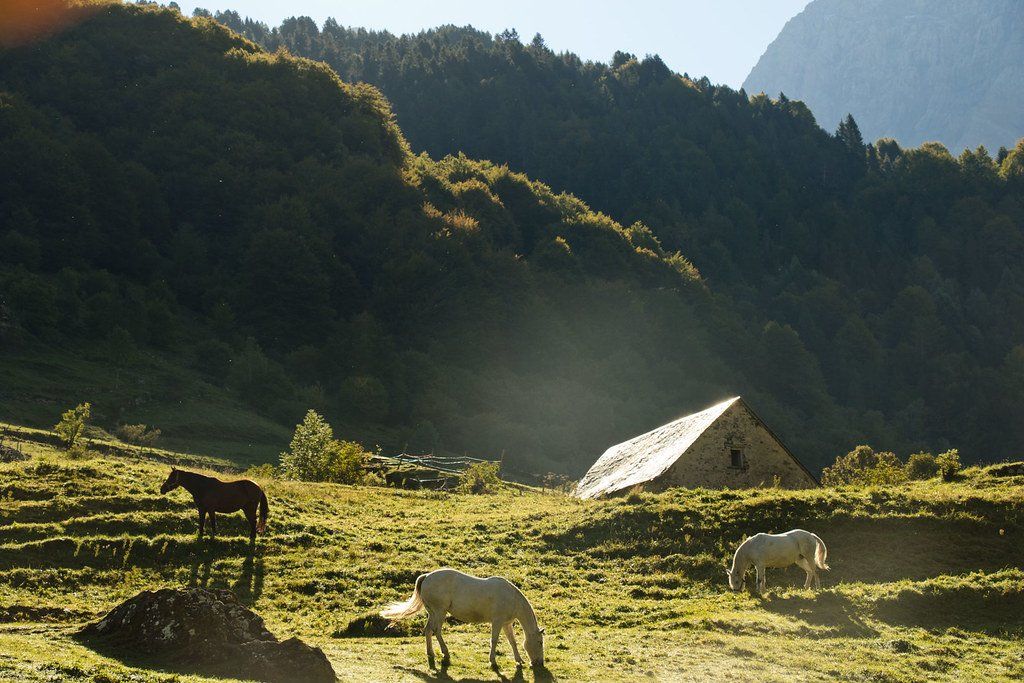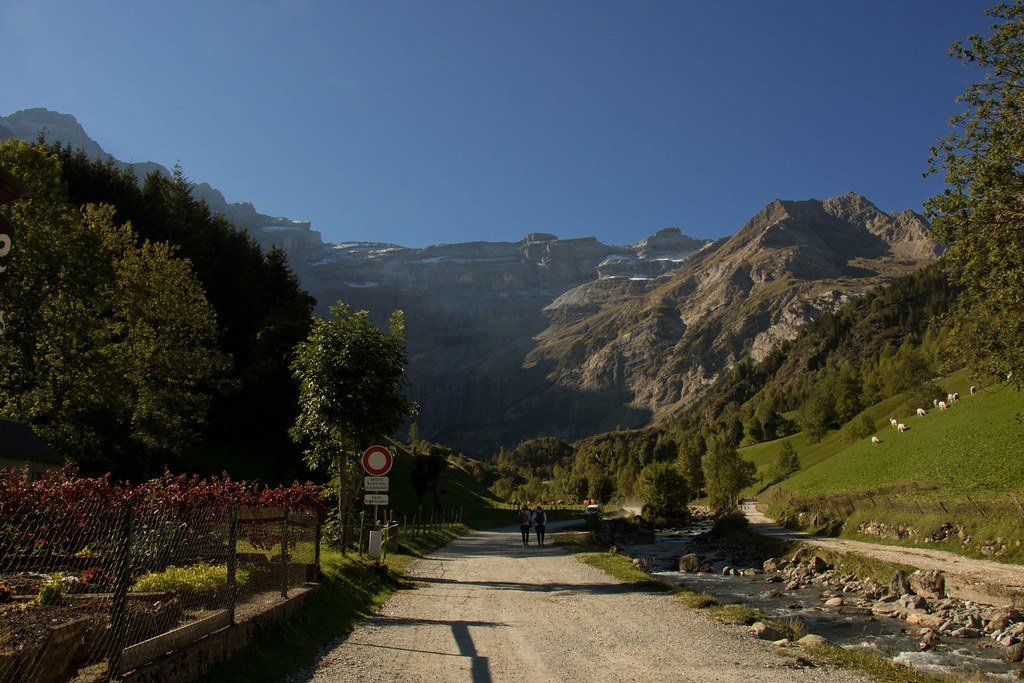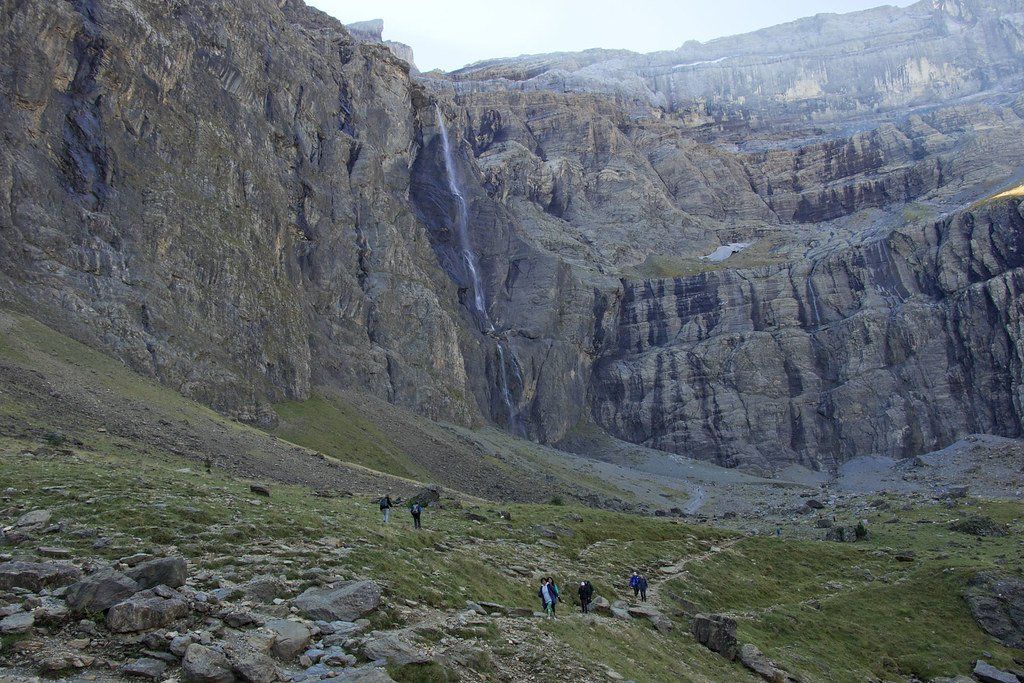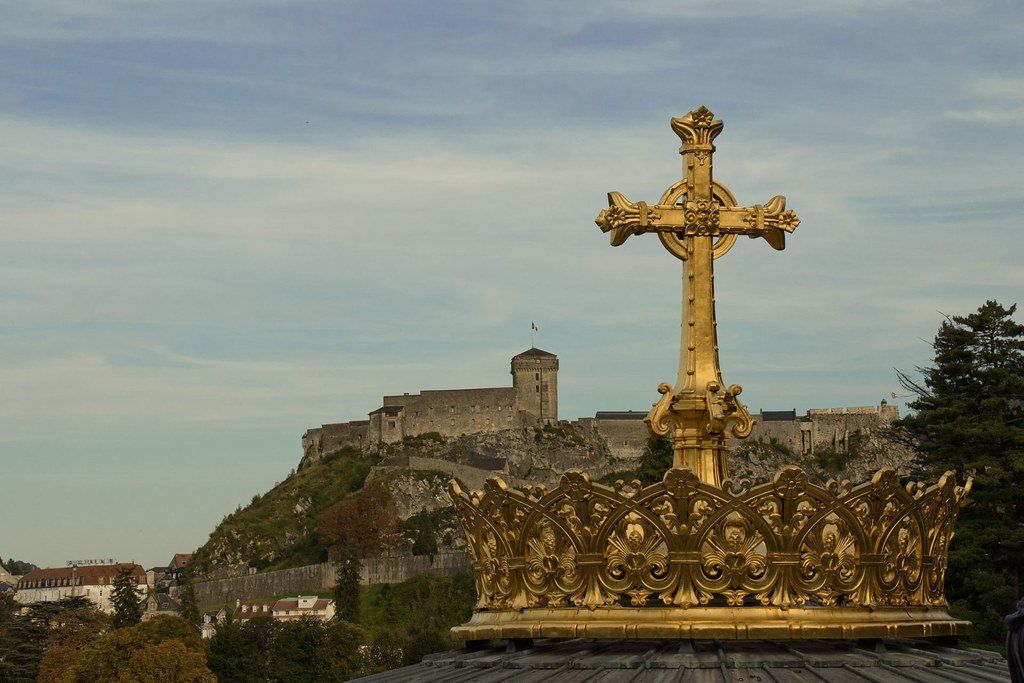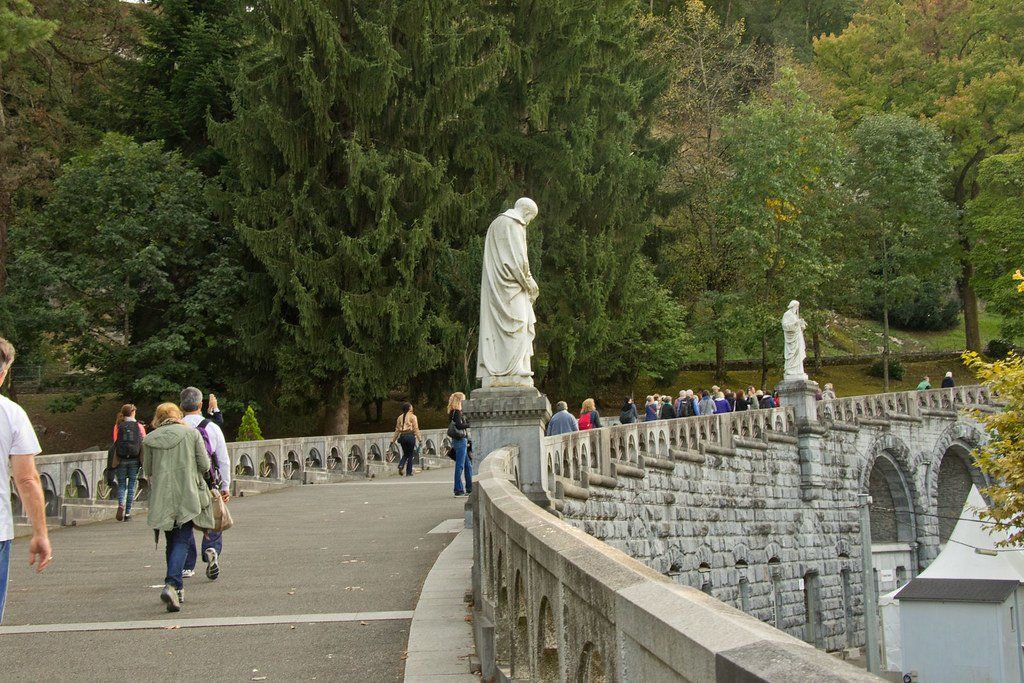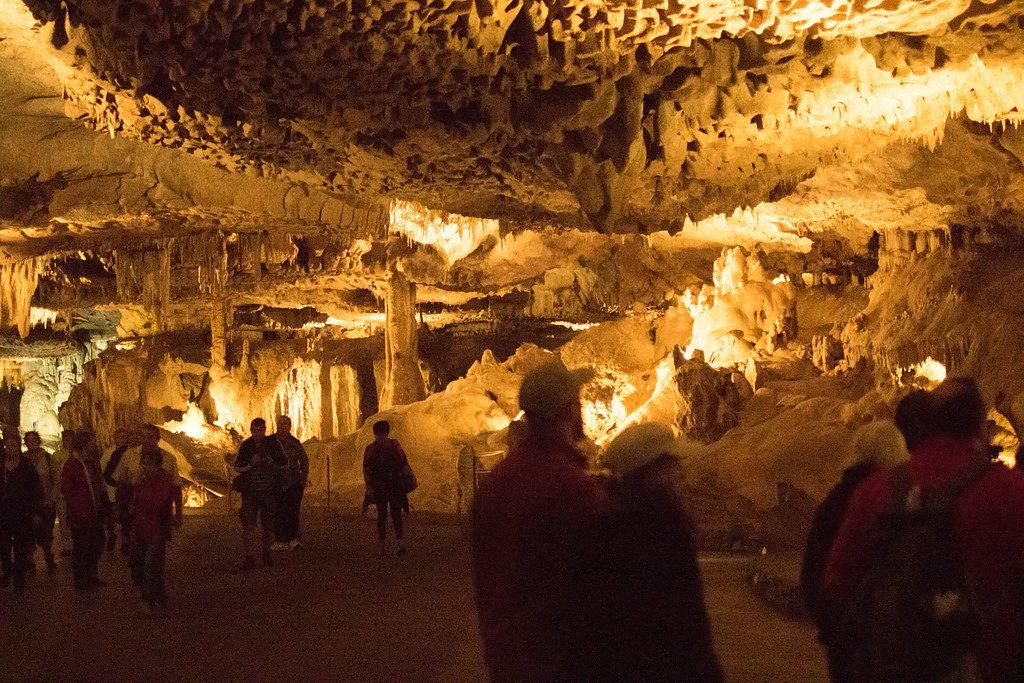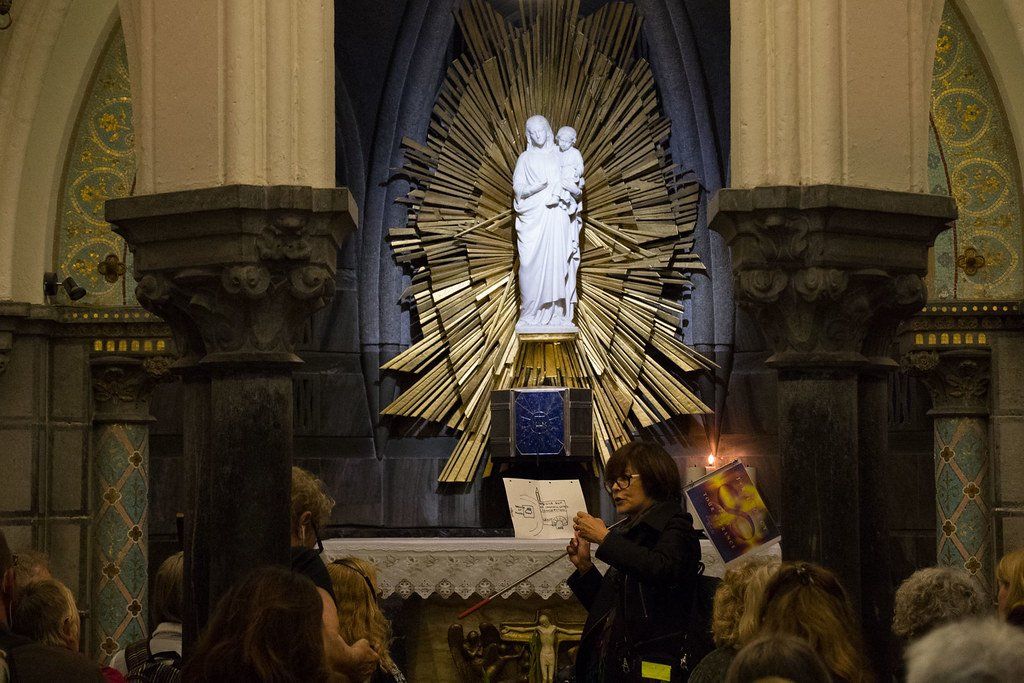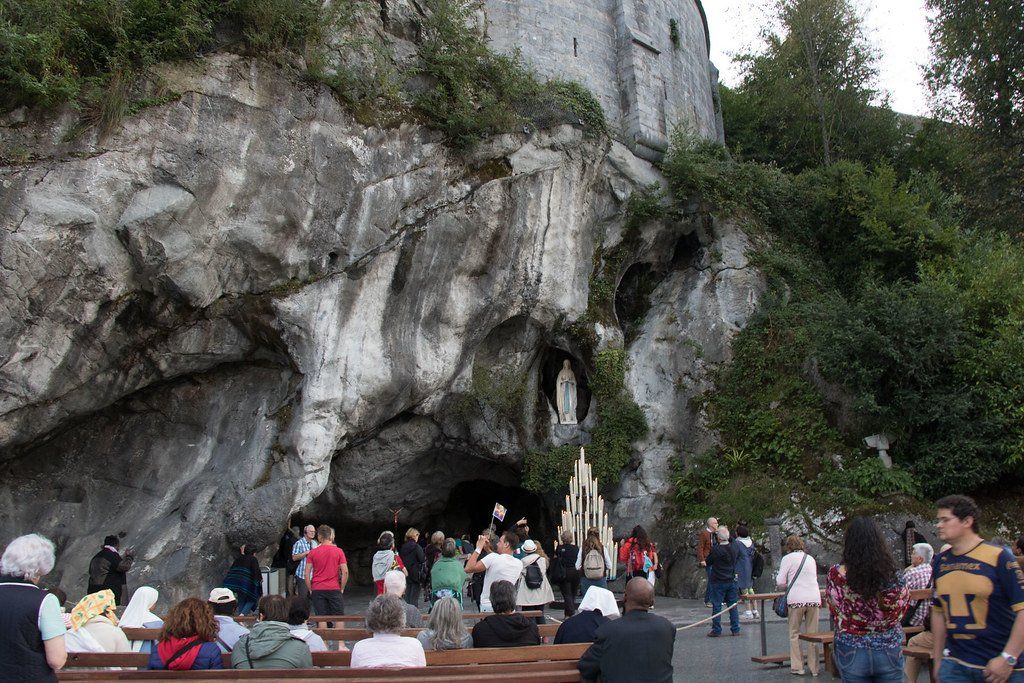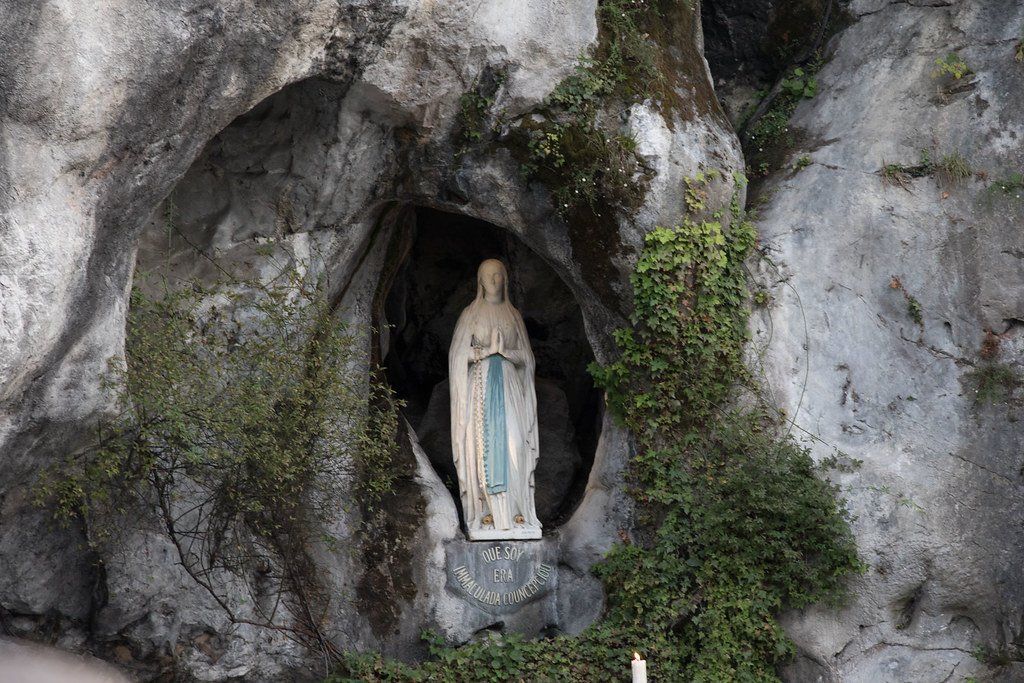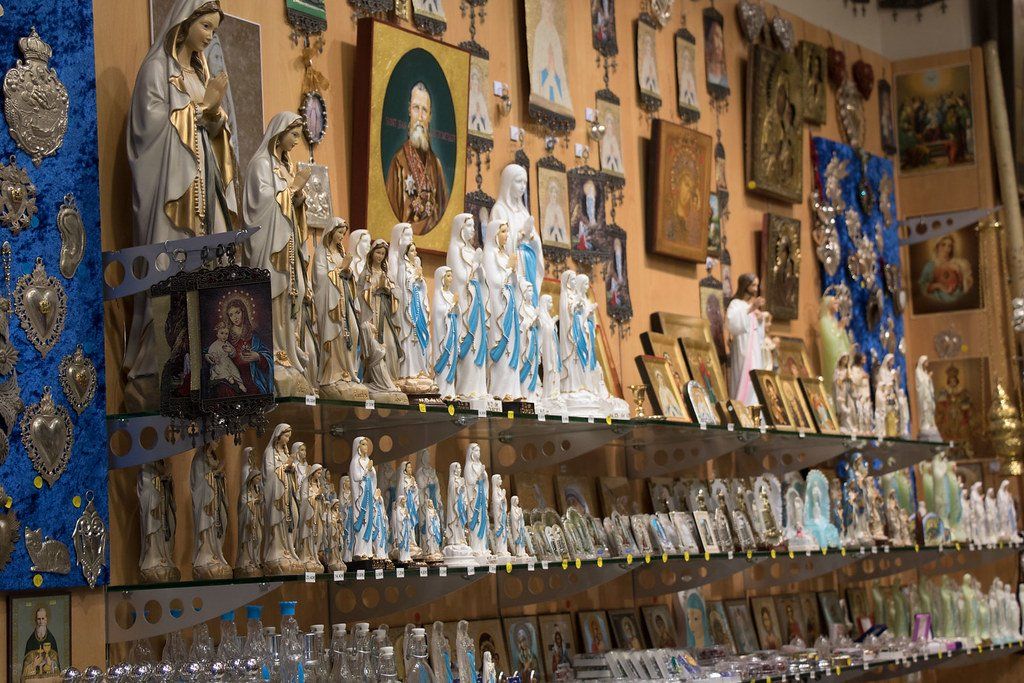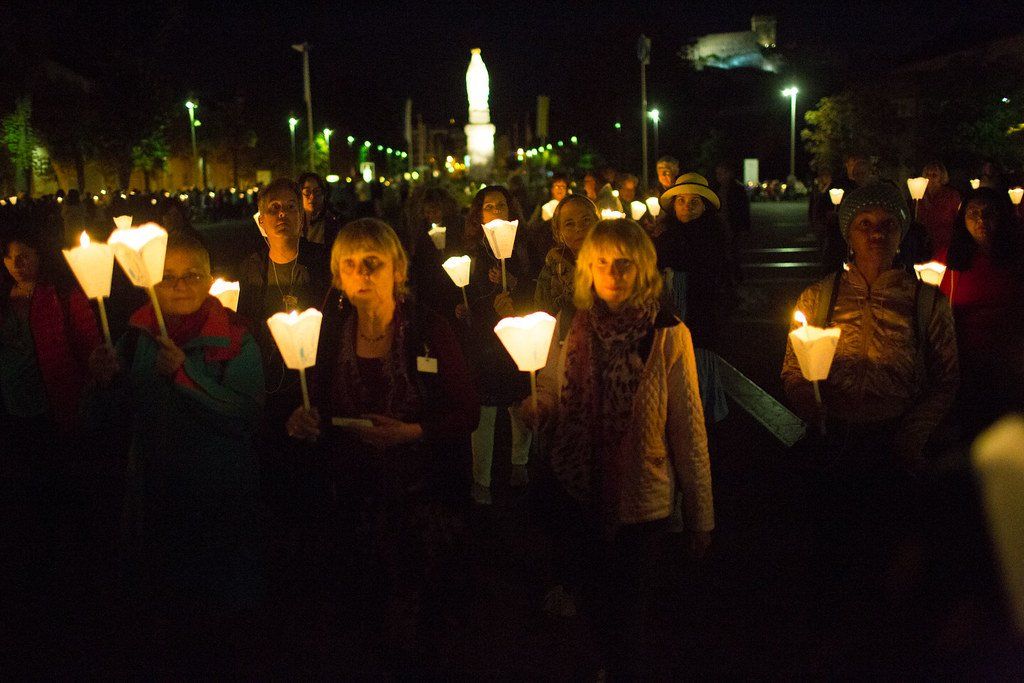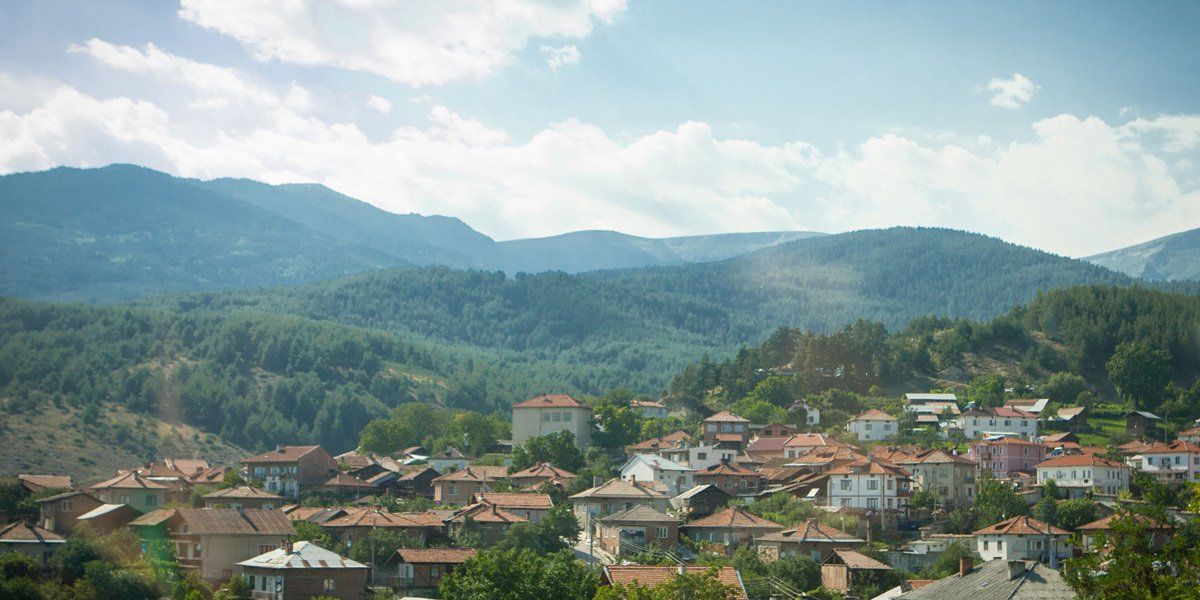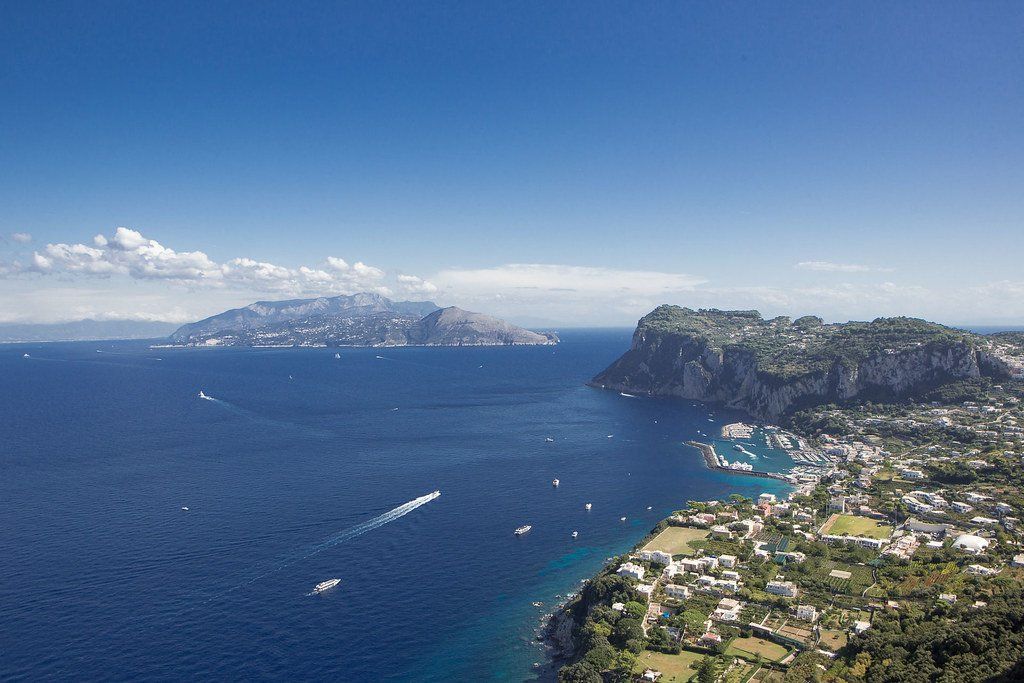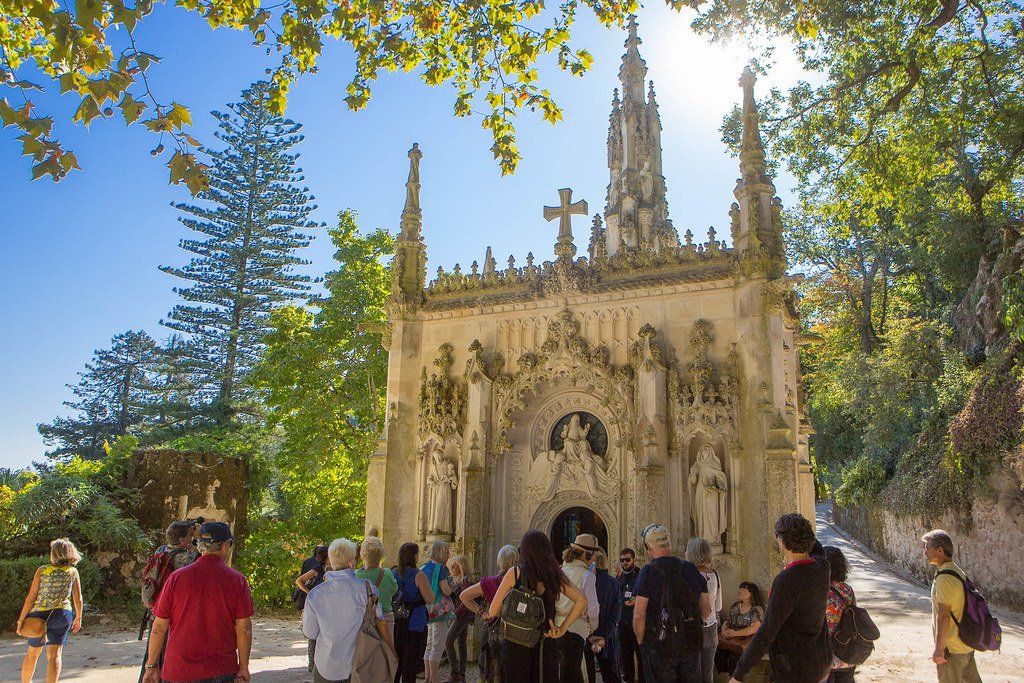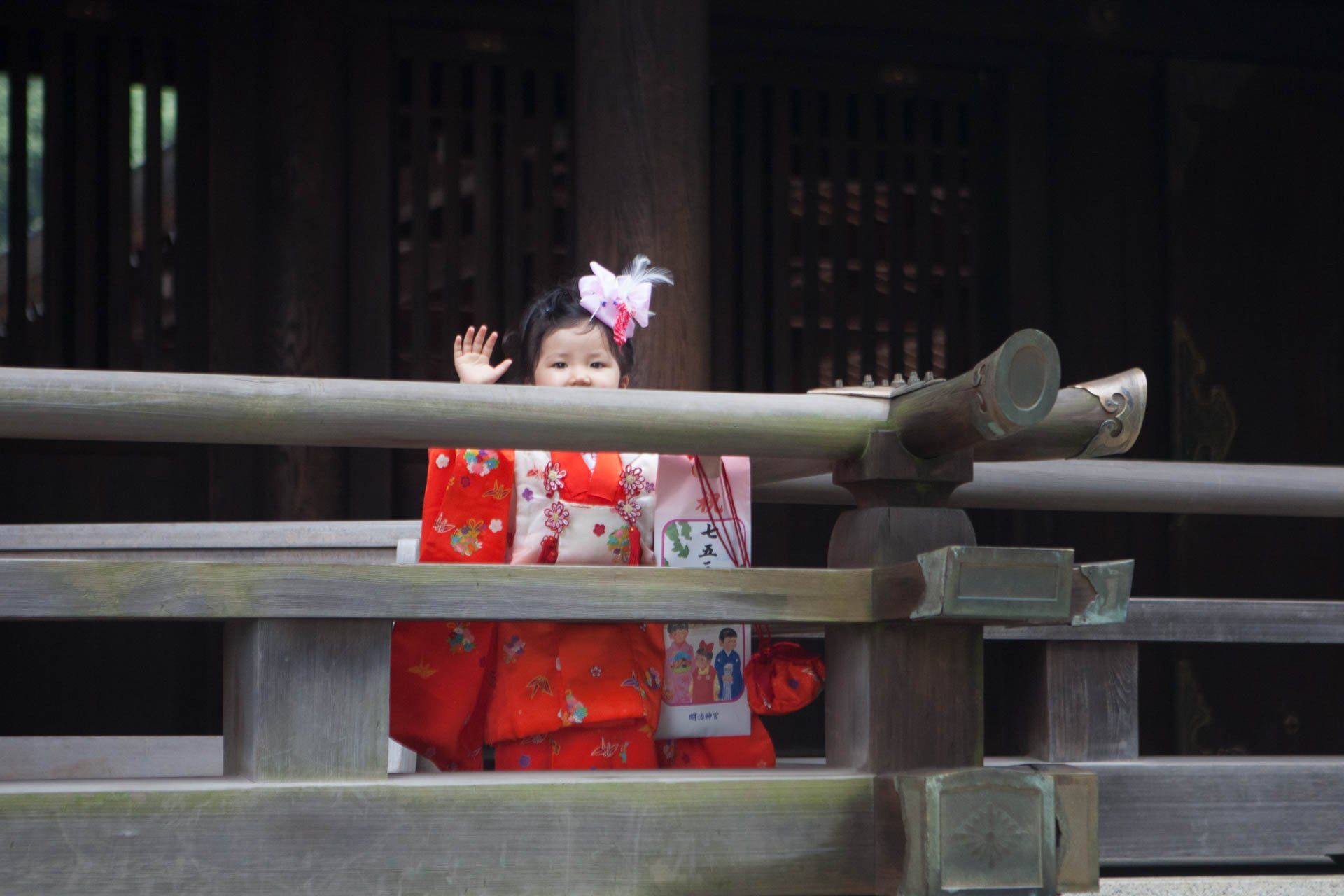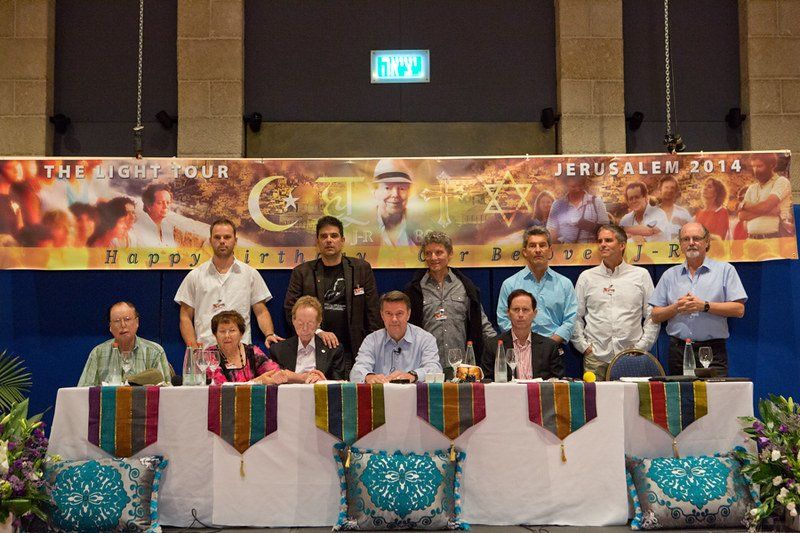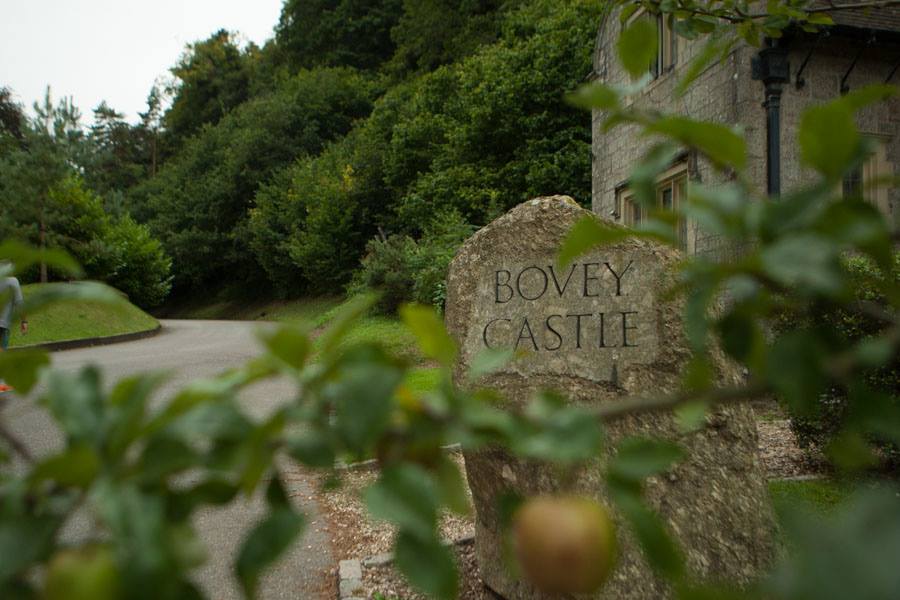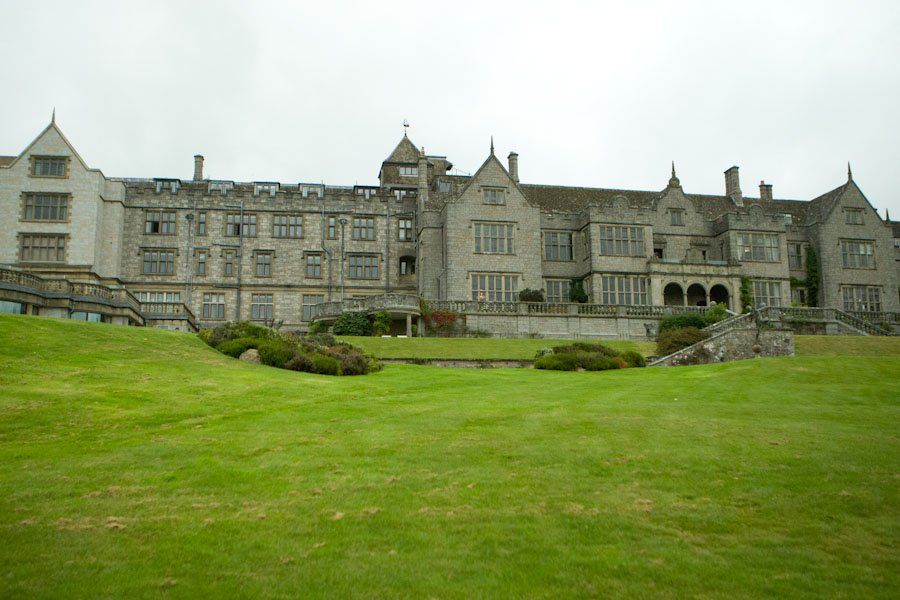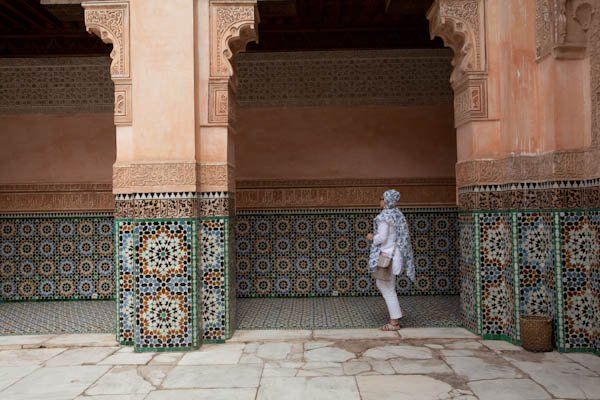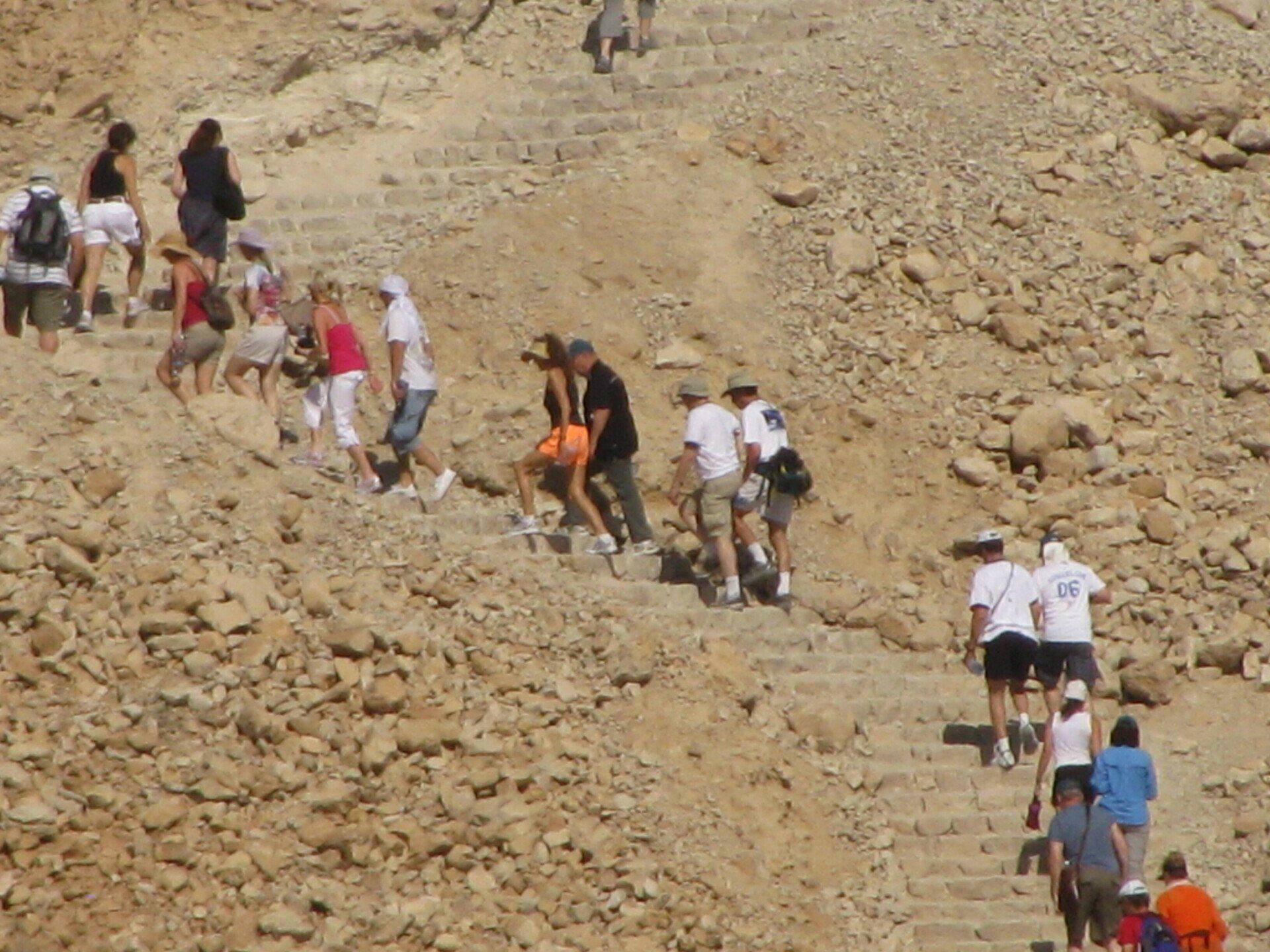France - 2015
Paris - Montsegur - Pyrenees - Lourdes - Moissac
Dates: September 17 - October 2, 2015
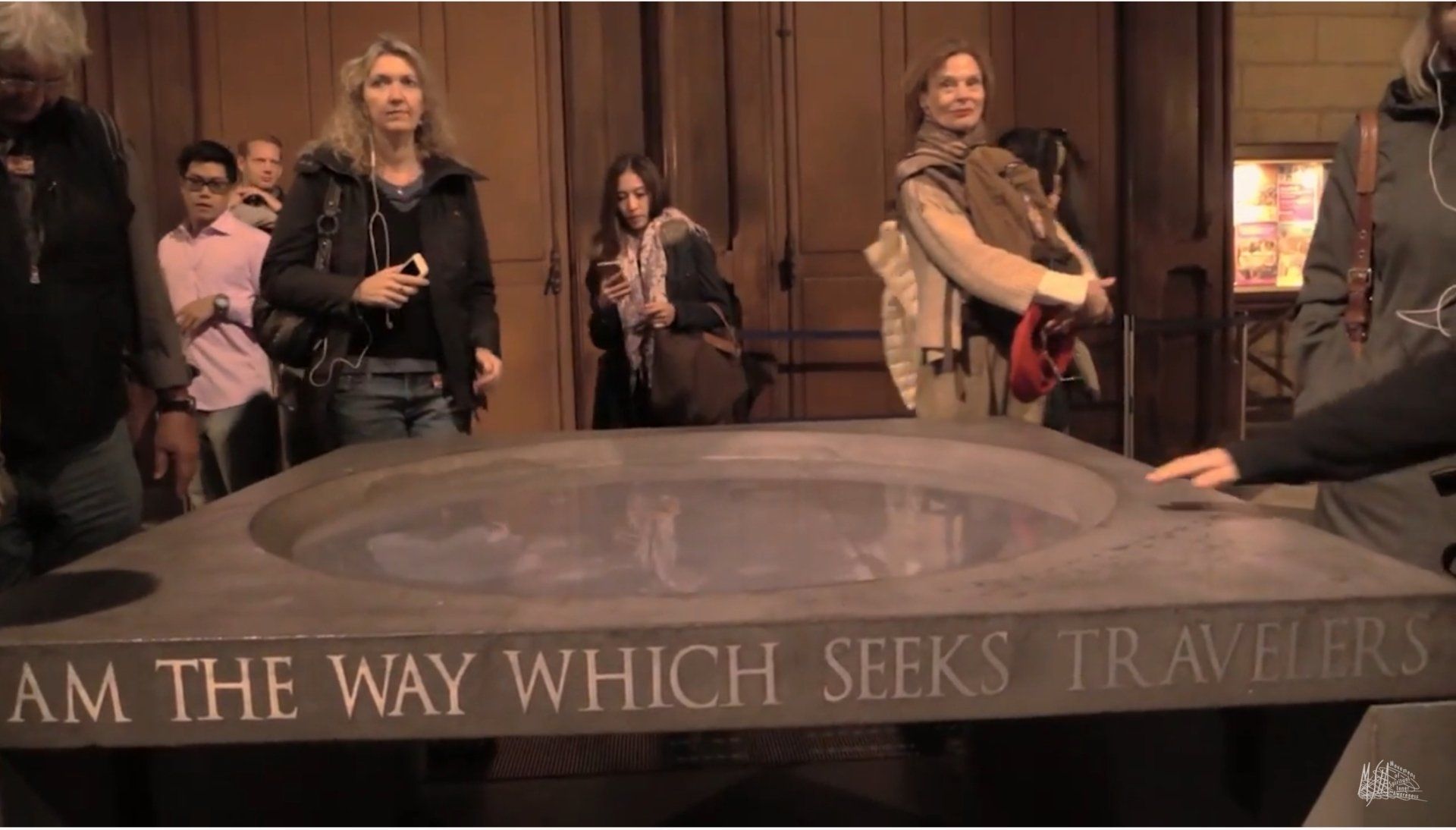
The body content of your post goes here. To edit this text, click on it and delete this default text and start typing your own or paste your own from a different source.
Daily Events
List of Services
-
Day 1 - September 17List Item 1
Arrival Day
-
Day 2 - September 18 - ParisList Item 2
Some basic orientation for the France Tour with our French guide Corinne Bayle; the tour organizer, MSIA President and reformed Frenchman Vincent Dupont; and John Morton, Mystical Traveler and Spiritual Director of MSIA. Participants get t-shirts, name tags, luggage tags, and basic info on the trip. Then an Evening of Blessings Workshop with John Morton. A BIG energy comes in—in my way of seeing. Now the trip is really starting. Hard to stay in the chair. A lot of Light arriving for the journey. All the hours of preparation, the ego scuffles, the emails…it all comes down to constructing a vessel large enough for THIS.
Maybe you can get a glimpse from the photos—not from anything physical like the colors, the composition, the expressions—but maybe something will come in obliquely, a hint of a sliver of a feeling, that’s not expressed by anything but rather touched off by something. Something thrown out into free space that those who have their antennas up can receive. A focal point to tune into what it is. That’s as much as can be done physically. In all these slideshows, I just flip through the photos and tune in inwardly. I don’t tune into anything in the photos themselves, but into something as subtle and ephemeral as the light in someone’s eyes, or the wind. And like the wind, it’s only visible by its effect, not on its own.
-
Day 3 - September 19 - Paris
An afternoon bus tour with the whole group, now just under 60 people. Our first tour with everybody together. We meet up outside the hotel, pass by the Opera and the Louvre, and then leave the bus for a walking tour that includes Notre Dame and the Pont Neuf. We pause for a group shot by the Seine. At the end we get back on the bus to make one last pass at the Eiffel Tower. John reminds us to plant the light at Notre Dame, and also about clearing at the end of the day when we’re done. It’s sightseeing with a mission, or a mission with sightseeing as a backdrop. Nice work if you can get it. Then it’s time to pack up for the next day’s train ride to the south of France, where we’ll stay for the rest of the trip.
So glad to be getting out of Paris and the cigarette smoke (walking down the street is the equivalent of smoking several cigarettes), the clever marketing campaign for lust and materialism that the French call art, the mind-spawned atheism, and the whole Latin suppression of conscience and personal responsibility that’s like a toxin that’s been deposited in the body of humanity by the history of Rome. Just my opinion, of course, and not in any way intended to represent the point of view of MSIA. I love the architecture, the art, the patisserie, as much as anyone, and I don’t claim to be any different or better than any Parisian, and everything I see in Paris is just an aspect of myself.
Everywhere you look in Paris there’s beauty. It’s a feast for the senses. But I’d rather be in a third world country where the pain is physical and uncloaked, than where it’s psychic and concealed behind a sensually beautiful exterior. It’s work bringing the light to these places, but this is the Traveler’s work, so at the same time it’s graceful and pleasant and full of great food and some of the world’s most beautiful art and architecture (like somebody once said, “my yoke is easy and my burden is light”). On what other spiritual path can you have such great wealth and pleasure on one level, and pain on another, and be of service by bringing the Light, and complain about it all at the same time? Only in MSIA as far as I know. It’s a no-judgment cauldron that melts the incompatibilities and contradictions between all the different levels, warms the heart, overwhelms the mind and the senses; and the final effect is a steamy spinning of the consciousness into a state of ecstasy. Then the cigarette smoke makes you cough and you’re back in the body again, feeling defiled and sooty and waiting to get out of there.
When the consciousness is held to a form, no matter how beautiful, energy is locked down and repressed. On some of the bridges on the Seine there’s a new of custom of couples writing their names on locks, and then locking them to the sides of the bridge, representing commitment to the relationship. But it’s also a typically Parisian symbol of love as limited to, and imprisoned by, the physical body and the senses. Ironically, as the locks have multiplied and overwhelmed the bridge, they now have to get rid of the them periodically; but then they come back, as if the city can’t hold back the return of its own creations.
When I get locked into paying too much attention to the physical level on this trip, I feel a loss, and I start missing the physical J-R, looking for him where he used to be. Then I want to stuff myself with patisserie and head for the museums. So let’s get out of here, out of the rain and the smoke and the fashionably smileless faces, and into the warm, sunny south.
-
Day 4 - September 20 - South of FranceList Item 3
Today is a train day—from Paris to Perpignan in the south of France. We have some time to call in the light in the train station, and then it’s a five-hour ride through beautiful farm country and small villages. It turns into a seven-hour ride when we stop in Béziers because someone got hit by another train, and we have to stop for the investigation and aftermath. In typical MSIA fashion we make the best of it—some people do yoga, and a few line up in a choo-choo train conga line, imitating train sounds in some kind of ridiculous ritual that they say is supposed to get the train going—a train-dance instead of a rain-dance.
At some point during our wait, our guide Corinne tells us in amazement that the place where we’ve stopped, Bezier, is the site of a the first massacre of the Cathars. (On other trips we’ve been stopped like this in spots that need extra light, in odd ways that seem too perfect to be coincidence.) I’m finding out that a lot of this trip is going to relate to the Cathars, a medieval Christian group in the south of France that taught reincarnation of the Soul; a negative power that rules the material world and imprisons Souls in human bodies; a world of Light with a God that is beyond the material world, to which we can return. They allowed women to be spiritual teachers, believed that their practices predated Catholicism and descended directly from the early Church; and they became quite powerful in the south of France, spreading a “heretical” and, in some ways, more modern and gnostic kind of spirituality. There are various legends of their connection to Mary Magdalene, who some say was married to Jesus and escaped to the south of France with their daughter after the crucifixion. The Cathars became a threat to the domination of the north, Paris, and the Roman church. They were eventually persecuted and pretty much wiped out. Now my diatribe yesterday about Paris and Rome is making a lot more sense to me.
These kinds of coincidences are why I love the Traveler trips so much. The coincidences happen with a frequency and precision that’s different from the pace of coincidences that’s normal for me. Everybody has their own “pace of coincidences” that they’re used to, and we notice the smallest increase or decrease in this. In fact, you could say that in part we define ourselves by how fast or slowly or efficiently our coincidences unfold. For example, if you were to wake up and think of having dinner in Morocco, and five minutes later your friend walked in and asked you if you wanted to fly to Morocco for dinner, and this kind of thing happened every 15 minutes, you’d be quite disoriented.
On these trips where the spirit is concentrated, the pace of these coincidences seems to be accelerated markedly, and there’s no way I can prove that to you because each person’s “pace of coincidence” is different. But when you experience it, it will be clear because of the way that pace of coincidence is so carefully calibrated in our consciousness. With it comes an exhilaration, a delight, like when you drive a really good sports car at high speed. J-R called it the “small miracles of perfect timing.” Life is more dance-like and directed. The world seems to loosen its grip. There’s a buoyancy, a feeling of elevation and gratitude, as though nothing in the outer world can “get” to me or affect me, a kind of childlike trust, because the energy of the centers of the body below the eyebrows seems further away, less powerful. My energy feels more concentrated in the third eye and crown chakras.
When we get off the train to get on the bus to our hotel, John walks down the aisle checking on people’s heath. The dedication of this guy is inspiring. He’s involved in everything on the trip, from the highest to the lowest, and he’s built like a giant light column, a tree, a kind of spiritual athlete. J-R called him 16 tons. Some spiritual teacher types stay on the top of a mountain; this guy IS a mountain.
We finally arrive at our hotel on the Mediterranean. It reminds me a bit of the Dead Sea in Israel—it has that European resort type of feeling, with similar modern buildings designed for fun in the sun. The climate and the landscape are a slightly greener version of southern California, we’re right on the beach, the air is fresh and sweet and warm, and Paris is just a distant dream.
-
Day 5 - September 21 - Cathar Sites
We’re Cathars today. First we drive up into the mountains and switch to a smaller bus so we can get through the narrow village streets—and we make it by inches (see the photos). Then we walk from a little café to the Hermitage of St. Antoine de Galamus, carved into a cliffside, and opening into a cave. It was used as a Franciscan monastery, and also as a refuge for the Cathars in around 1245. Such a sweet energy there.
The Cathars were no fly-by-night little group. They had followers among the nobility and were becoming quite popular as an alternative to the Catholic church. Not too bad for vegetarians who taught reincarnation, had no priesthood, and claimed that men and women are equals. As they became more organized, the Catholic church began eradicating them, and it’s estimated that at least several hundred thousand died, possibly as many as one million, starting in the late 12th century. In order to completely eliminate them, the Inquisition was started in 1229. The Hermitage was one of their later hideouts.
A steep stone path leads to it, and it’s one of the more comfortable caves I’ve been in—complete with a stone exterior that looks like a building attached to the mountain, an altar inside, and a hole at the top that serves as a picturesque skylight. We all gather, faces barely illuminated by the skylight and looking like we’ve all been in places like this and done stuff like this for centuries, or lifetimes. John reads the “Cathar Prophecy,” whose origin is uncertain, but which refers to a Cathar prediction that the world’s return to a religion of love and acceptance would happen in the 21st century. John looks like he could be a medieval Cathar “Perfect” (spiritually illuminated one) as he reads, except that his face is lit by a computer screen instead of a candle. Here’s what he reads:
The ‘Church’ of Love (within each person’s heart-soul centre) would be proclaimed in the 20th century. They used the term ‘church’ because at that time they had no other way of explaining the return of the Love/Light Consciousness.
It has no fabric, only understanding.
It has no membership, save those who know they belong.
It has no rivals, because it is non-competitive.
It has no ambition for it seeks only to serve.
It knows no boundaries for nationalism’s are unloving.
It is not of itself because it seeks to enrich all groups and religions.
It acknowledges all great Teachers of all the ages who have shown the truth of Love.
Those who participate, practice the Truth of Love in all their beings.
There is no walk of life or nationality that is a barrier. Those who are, know.
It seeks not to teach but to be, and by being, enrich.
It recognizes that the way we are may be the way of those around us because we are that way.
It recognizes the whole planet as a Being of which we are a part.
It recognizes that the time has come for the supreme transmutation, the ultimate alchemical act of conscious change of the ego into a voluntary return to the whole.
It does not proclaim itself with a loud voice but in the subtle realms of loving.
It salutes all those in the past who have blazoned the path but have paid the price.
It admits no hierarchy or structure, for no one is greater than another.
Its members shall know each other by their deeds and being and by their eyes and by no other outward sign save the fraternal embrace.
Each one will dedicate their life to the silent loving of their neighbour and environment and the planet, whilst carrying out their task however exalted or humble.
It recognizes the supremacy of the great idea which may only be accomplished if the human race practices the supremacy of Love.
It has no reward to offer either here or in the hereafter save that of the ineffable joy of being and loving.
Each shall seek to advance the cause of understanding, doing good by stealth and teaching only by example.
They shall heal their neighbour, their community and our Planet.
They shall know no fear and feel no shame and their witness shall prevail over all odds.
It has no secret, no arcanum, no initiation save that of true understanding of the power of Love and that, if we want it to be so, the world will change – but only if we change ourselves first.
ALL THOSE WHO BELONG, BELONG. THEY BELONG TO THE ‘CHURCH’ (ORDER) OF LOVE.
After we walk back up the path to the bus, we head to another little village and have a gourmet lunch at a restaurant called “The Three Cathars”—a whimsical Alice-in-Wonderland artistic creation with its own art and jewelry, homemade furniture, and wonderful food. The owner began to have visions of being a Cathar when she was pregnant (see her in photos with John), and they are impressed with our energy, as we are with theirs. (It’s also Robert Zack’s birthday and he gets a special treat.)
Then it’s on to Peyrepertuse castle, or chateau—another steep walk to a Cathar hangout. Part fortress, part church, and part village, the chateau had multiple functions—it housed a community, protected them, and also served as a place of worship. We form a circle and call in the light there. The church area has the same kind of sweet energy as the Hermitage.
A great day of exploration, superb French cuisine, making new friends, hiking and sharing the Light.
-
Day 6 - September 22 - Toulouse
We start off with some sunrise shots of the Mediterranean, and breakfast overlooking the ocean, and then we leave our hotel bound for Toulouse…but first some lightseeing (new word to replace sightseeing). We stop in Carcassonne, a restored medieval French town, complete with fortress and church. It was a Cathar stronghold for a while until the they were expelled and later massacred (they’re like Kenny in “South Park”—they die in every episode). Shops and restaurants now line the village streets and create a peaceful modern makeover, masking the history of violence here. We sure have it easy nowadays. In the church there’s a gorgeous unofficial concert by some Russians singing traditional Russian liturgical music.
In the afternoon we go to Rennes le Chateau, a small village with a quaint church and garden that were home to the mysterious Bérenger Saunière, a poor priest who discovered some odd documents in a vault under the church, had a spate of meetings with some very prominent people in the Catholic hierarchy, and suddenly became very wealthy. What he found and how the money came are mysteries that have spawned endless theories, some of them connected to Mary Magdalene (who features prominently in his church), Catharism, Da Vinci Code hypotheses, etc.
Our guide Corinne reviews some of the theories and how they correspond to oddities in the iconography relating to Mary Magdalene that are found in the church. Are they clues? Did Saunière have some important information about Mary or the early Christians that required him to be bought off? Was Jesus married to Mary Magdalene? Did they have a daughter named Sarah? Did the bloodline live on in French royalty, or hidden by groups like the Cathars? Did Mary Magdalene come to southern France with Sarah or with both Sarah and Jesus (who some say survived the crucifixion, or who continued in a resurrected body)? Was Sarah the dark-skinned “servant” who arrived with Mary Magdalene, and did this mean that Mary Magdalene was Egyptian? Is this the explanation for the “Black Madonnas” (possibly Mary Magdalene) that are found in southern Europe? Is the fact that the mother and child are dark-skinned mean that they are an Egyptian Mary Magdalene and her dark-skinned daughter, whose father was Jesus? Are the “Black Madonnas” connected to the legend (spread among the Cathars and many others) that Mary Magdalene was married to Jesus? Is that why the Cathars claimed to follow an earlier, purer teaching than other Christians?
Here’s what is really going on: Mary Magdalene was Egyptian (black) and Jesus was white, and Mary’s daughter Sarah was dark-skinned, and Jesus was the father. In a way Sarah actually was the first in a line of Jesus’ descendants who were the “Holy Grail” or “royal blood” as suggested in The Da Vinci Code, because the combination of the black and white races is the new master race ushered in by Jesus. The Nazis got it all wrong and were trying to suppress the next step in human evolution. It’s really the combination of the races, not a pure race, that is the master race, as evidenced by pioneer/geniuses like President Obama, Prince (who is half black and half white, and is the greatest musician in history, in addition to being the coolest person in the world), and me (I’m of Jewish origin, with a black girlfriend, one of the many uncanny ways in which my life has paralleled the life of Jesus). Encoded in the movie Purple Rain are the keys to a lot of these mysteries, including information on the new race and the bloodline of Jesus.
(There is one thing about all this that I can say is true in my experience: Rennes le Chateau has a soft, radiant light energy that’s very pleasant and relaxing. Could be Jesus or Mary Magdalene—or just some ordinary people praying or meditating.)
John does a beautiful mini-seminar in a garden where he talks about how we have to find the truth inside, no matter what the answers are to any of those questions.
-
Day 7 - September 23 - Toulouse
Our first day in Toulouse, fourth largest city in France. Toulouse native Claudie calls in the light and we start a walking tour. We’re in a southern city now, and it’s a different world—you can feel the influence of Spain, Morocco, and Africa. It’s a melange of cultures and races, juicier and more Mediterranean. People look more alive to me than in Paris.
We visit beautiful old churches, one of which has a “black Madonna.” And the walking tour ends with a visit to “La Fleurée de Pastel” where the owner gives us a demonstration of their ancient technique of using a plant to make dyes of a light blue color that that isn’t reproducible using modern chemical dyes. The color is exquisite and it’s a fascinating process that involves extracting and concentrating the dye from the plant, placing the fabric in the dye, and then letting it oxidize by contacting the air, so you can actually watch the fabric get bluer after it’s taken out of the dye solution.
In the afternoon we take a tour of a Medieval castle in Penne, that’s in the process of being restored. The owner, Axel, an architect, felt connected to it and wanted to buy it ever since he saw it as a child. He made his first offer on it when he was 14, and finally bought it when he grew up. He says he has felt a presence there with him since he first set foot on the property. He’s put his own money into making it an educational historical attraction, and has people dressed as workers, stonemasons, soldiers and cooks to demonstrate how people lived at the time. We have a lot of fun learning to fight, eat, and work with stone, medieval-style, and Axel, along with guide Lise, are superb hosts who go out of their way to make us feel at home, and give us all the details about what it would have been like to live there.
-
Day 9 - September - MontsegurList Item 4
A perfect day for J-R’s birthday. We visit the ruin of Montségur, a castle that was the last Cathar stronghold, where many were burned at the stake after the castle was besieged. The Cathars were given a choice, to renounce their faith or be burned, and reports said that they went to their death singing. On the bus Leigh Taylor-Young gives us a heartfelt and well-researched synopsis of Cathar beliefs and practices. They emphasized personal experience of God without intermediaries like priests; they did not believe that ritual could bring people to an awareness of God, but that spiritual practice was necessary; and they did a kind of ordination/initiation called the “consolamentum” that was for those who wanted follow a higher spiritual path in this life. Those on that path were called “perfecti,” and they were mostly celibate and vegetarian. Others were simply called “good men;” they were not looked down upon for their choices. Both men and women could be perfecti, and women were not considered to be inferior.
The Cathar teachings about a negative power that entraps us in the flesh, and a positive power that brings us to the Light, are very similar to information presented in sound current lineages such as MSIA. They also believed in reincarnation, and that the goal of life is to transcend the wheel of incarnation. Their conduct was said to be exemplary—they emphasized deeds over words. Bernard of Clairveaux, a leading Catholic figure of the 12th century, said of the Cathars,”If you interrogate them, no one could be more Christian. As to their conversation, nothing can be less reprehensible, and what they speak they prove by deeds. As for the morals of the heretics, they cheat no one, they oppress no one, they strike no one.” Leigh talks about how they had no objection to other people’s faiths, but simply wanted to follow their own, which they believed sprang from the original teachings of the Christ, but they were persecuted anyway because they were seen as a threat to Paris, and to Rome. John calls in the light and J-R at the castle, and then we have another circle in a field down below, in the area where the Cathars went singing to the their death. It’s said that some people were so impressed watching how the Cathars approached their demise that they joined and took the consolamentum too, even though they knew they would be killed. Some people in our group sing a song, invited by John, and I feel a oneness coming in on this cloudless day on a green hillside. It’s a J-R birthday.
We stop for lunch in a country restaurant whose name translates as “field of happiness.” The food is incredible, local, fresh and organic. Even the grapes have a distinctive, multilayered flavor that I haven’t experienced in the States—I think they haven’t been hybridized so much, so they’ve retained their personality. There’s also a local honey that’s out of this world. Our hosts are so friendly and attentive. (There’s even miniature golf so John gets to play golf on J-R’s birthday.) We hang out with their horse, donkey and dogs in the sunshine, and nobody wants to leave.
Then we’re back on the bus, through some more green hills and farms, more old villages, more beautiful southern French scenery. The feeling in this part of the world is warm and relaxed, the pace is easy, the people are incredibly sweet and giving…but there’s also more graffiti and billboards than there used to be, more fast food, more rasping digital noise-music at highway rest stops. And in the cities you can feel the economic difficulties that are rolling through all of Europe. Culturally I see strong resemblances to the USA, because it’s multi-cultural—southern Eurpean/northern European/African/Middle Eastern. Britain, even with all its immigrants, is to me much more of a mono-culture, as are Germany and Scandinavia. The French have developed a reputation for impatience with foreigners, but to me they seem extremely polite and have a love of etiquette and other social forms that communicate consideration. They get impatient when those forms aren’t followed. On hiking trails people you meet look at you and say “bonjour” in a quiet, almost singsong voice, with the “bon” at a higher pitch than the “jour”. These social forms make sense when there are different cultures coexisting in a small area, exhausted by centuries of conflict. I think I’m beginning to understand France better now: It’s a melding of southern/Latin and northern/Germanic cultures. Somehow France has sold itself as a distinct culture, with its art, food, etc., but I think that’s more like marketing by Paris, and an attempt that France has made to overcome its inner conflicts. Now France seems much more multi-racial and culturally scattered, and there’s enough graffiti to make any American feel right at home. As we study the history of the Cathars, the idea of a French mono-culture seems more Parisian and northern, more like a conquest than an assimilation. Looking at all the maps that show how medieval France was divided, with large areas dominated by England and other peoples, it seems like a more strife-torn and unstable version of the U.S. People in southern France could easily be Californians, just as the landscape and climate could be mistaken for California.
After the bus ride we land at Tarbes, and settle into our ultra-modern hotel, all metal and glass, with see-through, glass-enclosed bathrooms, glass-doored elevators, dark brown or black walls, and red flower-like chairs that look like something out of A Clockwork Orange. Some of our staff, led by the unstopping, caffiene-fueled Roger Wakefield, got here early and have been preparing all day for the J-R birthday Skype hookup with Jsu Garcia and Nicole Tenaglia in Israel. Miraculously it all works, and the oneness from earlier in the day goes up a few more notches as John and other people in the group share about John-Roger, with Jsu and Nicole joining in, projected via Skype on some curtains in the front of the room.
People’s devotion to J-R always seems to bring in this loving oneness. It’s not something that’s just emotional. It’s sustained by flesh-and-blood experience. Our stories about J-R are physical and tangible, so those evanescent emotions are solidified and made usable. Our romance with J-R is a relationship, not a fling, and talking about him brings a reality that moves through all the levels, not just the spirit. It’s as gritty and wrenching and transformative as a marriage. Having John in the room physically and Jsu’s face projected, we have contact with two bodies that have absorbed that J-R energy over many years, and are radioactive and radiating. And people’s sharings, stories and songs create an opening for the energy to pour through. We watch a Moment of Peace about J-R and then suddenly it’s over, and we each go back to our individual flesh-enclosed worlds where we have our choice of whether to maintain that energy or wander off in some other direction. Luckily, in our grace-kissed modern world, our choices don’t include renouncing our faith or being burned at the stake. But there are some some great-looking desserts at the back of the room…
-
Day 10 - September - Pyrenees and Lourdes
A long, long day, from about 8 am to 11:30 pm. The final push before we go to Moissac for our PAT 8 in retreat. A marathon meant for the final cleaning-out so we go into the training with nothing left but ourselves. We start with a bus ride to Gavernie, a beautiful mountain town high in the Pyrenees, just a few miles from the Spanish border, for a hike or horse ride or donkey ride (depending on your preference) to a picturesque waterfall. The town is set up for outdoor fun, and with such ease and grace—cafés with views, a hotel by the falls, all older buildings, everything designed for relaxation, dining and hanging out, and also designed to harmonize with nature. The specialty of the area is an excellent blueberry tart. The last stretch of the 3-hour hike to the waterfall is a steep scramble over gravel.
Then we go out of the sun and splendor, and into the darkness of Grottos of Betharam, a system of caves with a guided tour. It’s a huge collection of galleries, passageways, underground waterways. You could put a city in there, and we descend down several floors of damp staircases to get to different levels on a journey that includes a ride on a dragon-bowed boat on an underground river. More fun and/or fear release, as many people describe fears of darkness or entrapment, or claustrophobia—especially when the guide turns out the lights at 40 meters underground. That’s real darkness. (Also look at the stalactite and stalagmite that are close to touching in a couple of the photos, to see how slowly they grow. That gap between them will take 5000 years to fill through the slow dripping of water mixed with calcium carbonate.)
Then, after the heights of light, and the depths of darkness, we proceed to water and fire. We drive to Lourdes, home of St. Bernadette and the famous healing waters, and we tour the church there. Then another French dinner that has to be experienced to be believed, and then back again to the church area to participate in the nightly candle-lighting procession. It’s surreal, Felliniesque. There must be thousands of people here, a whole wheelchair brigade, and people carrying a large, fully lit Virgin Mary. Those tiny lights that look like Christmas lights on top of the church are actually individual people holding candles. We bumble around in our typical childlike MSIA way, getting lost and misunderstanding directions, trying to cross in front of where the procession is going to take place, happily immersed in the spirit of the occasion without concern about doing the form “correctly.” John does a touching blessing, we chant, and hopefully we’ve contributed some light to prepare for the festival where 40,000 people will participate next week.
Finally we get to our hotel by around 11:30 pm. I’m smelly and sweat-dyed from the hike, I’m a bit disoriented by the dank caves, I’m dazed by the mass emotionality of Lourdes. I don’t feel sick at all, but for some reason I throw up in the bathroom, and feel like a new man afterwards, and then fall into bed. That’s how these trips go—incongruous releases that come from nowhere and vanish as suddenly as they came. We’re here to take out the garbage, and it’s either our personal release, or someone else’s that we’ve picked up, or maybe a whole group’s, and who cares which one? It’s all felt perfectly choreographed, and the concentrated karma-simulations could be the equivalent of dozens of lifetimes, but discharged in the most graceful way possible, accompanied by beautiful scenery and great food—and, in this case, no added calories. I think I’m empty enough for the energy of the PAT 8 retreat—and hopefully France, and maybe the world, are too.
-
Day 11 - September - PAT 8 - Moissac
We’re in the middle of the PAT 8 retreat in Moissac, France. I don’t usually post photos during a retreat, when everyone is just half-cooked, including me. Or to use another metaphor, these trainings are a deep dive and it’s not healthy for me to surface too rapidly. Or to use yet another metaphor, we’re bubble boys and girls here, in a very protected place where opening up to let things out can also let in things that we might not want. But John OK’d this. This morning we did SE’s in a nearby abbey. We set out at 8:00 am and listened to the Luxor Meditation on our short walk through the village. We arrived to find nuns dressed in white singing the most heavenly music, soprano voices without any of the lower registers to ground it, perfectly tuned, delicate, echoing and floating around the church like a feather. (Each day their songs have a different theme. Today’s was the celebration of angels and archangels.) We sat in the pews for SE’s and then John did a seminar. Great energy. As we left there was a class of children studying the church. Greeted by angels going in and going out—sweet.
Group Photo
